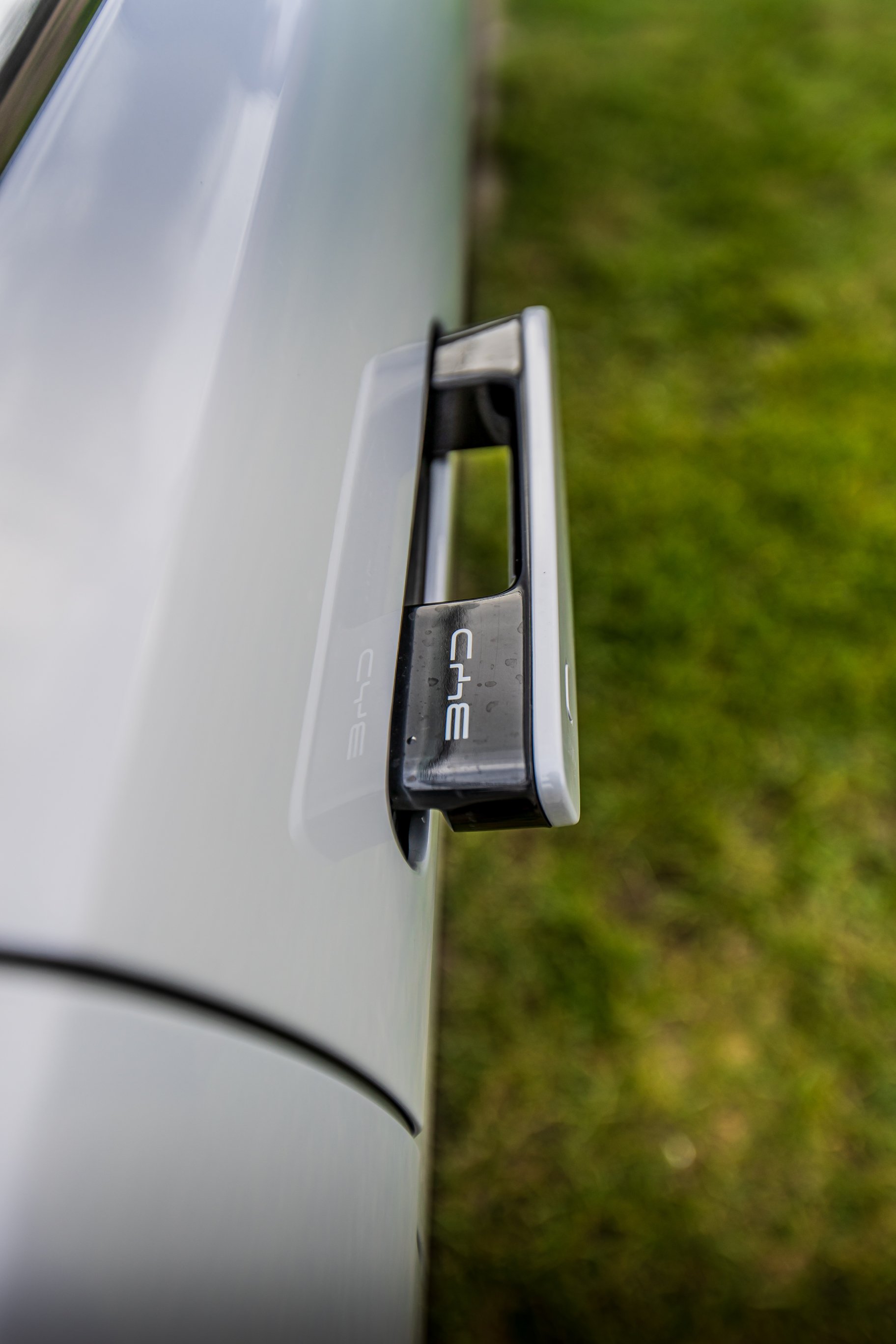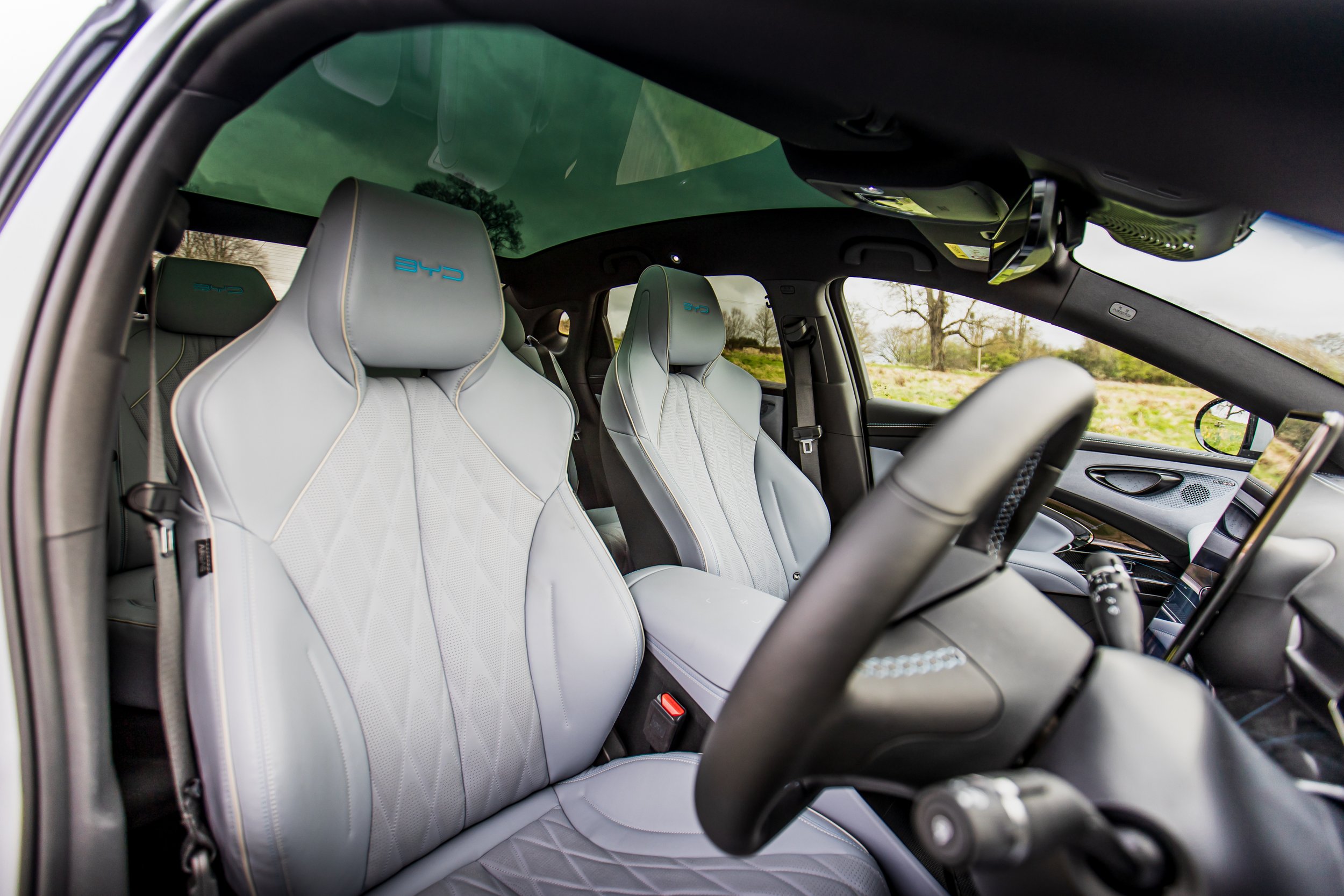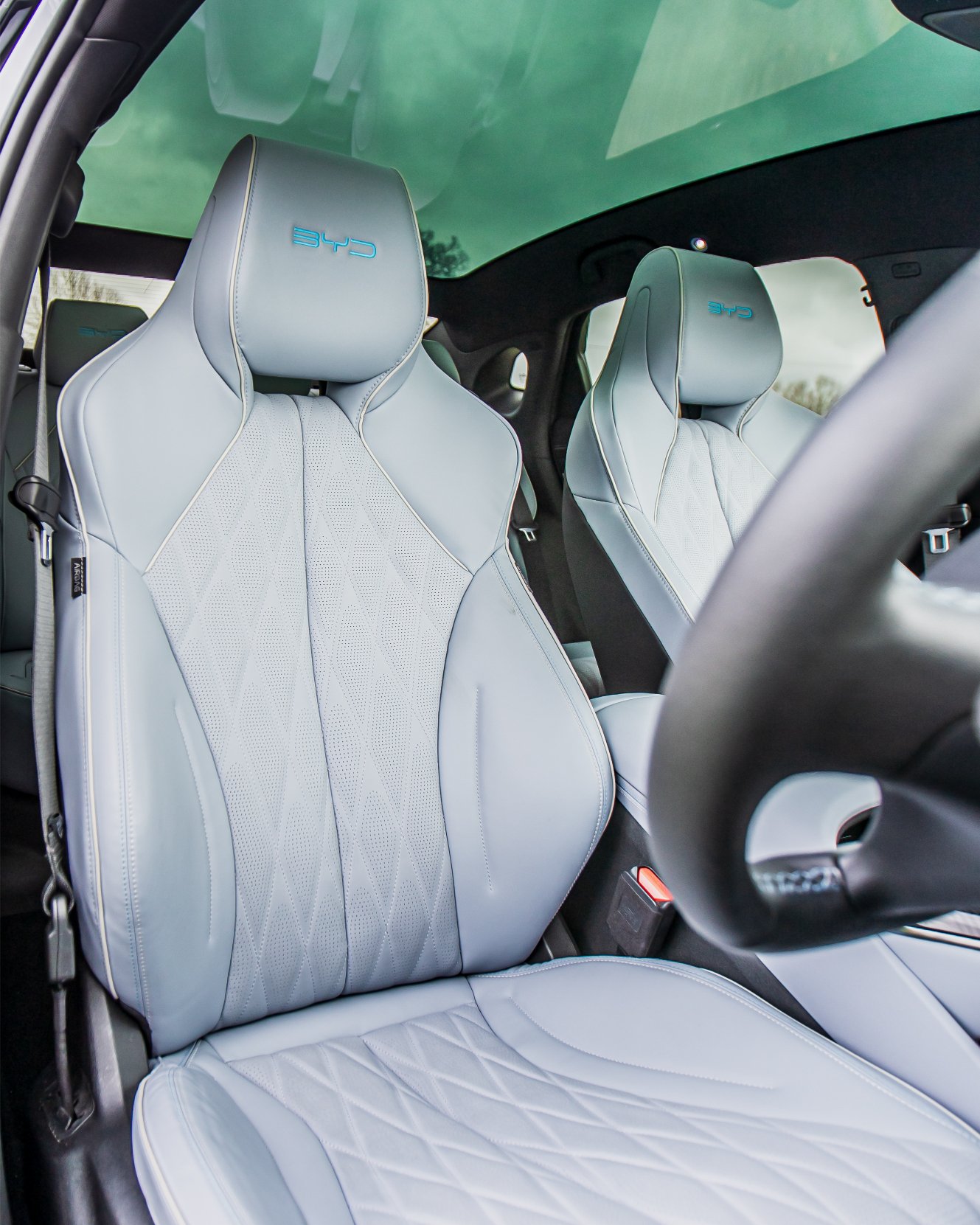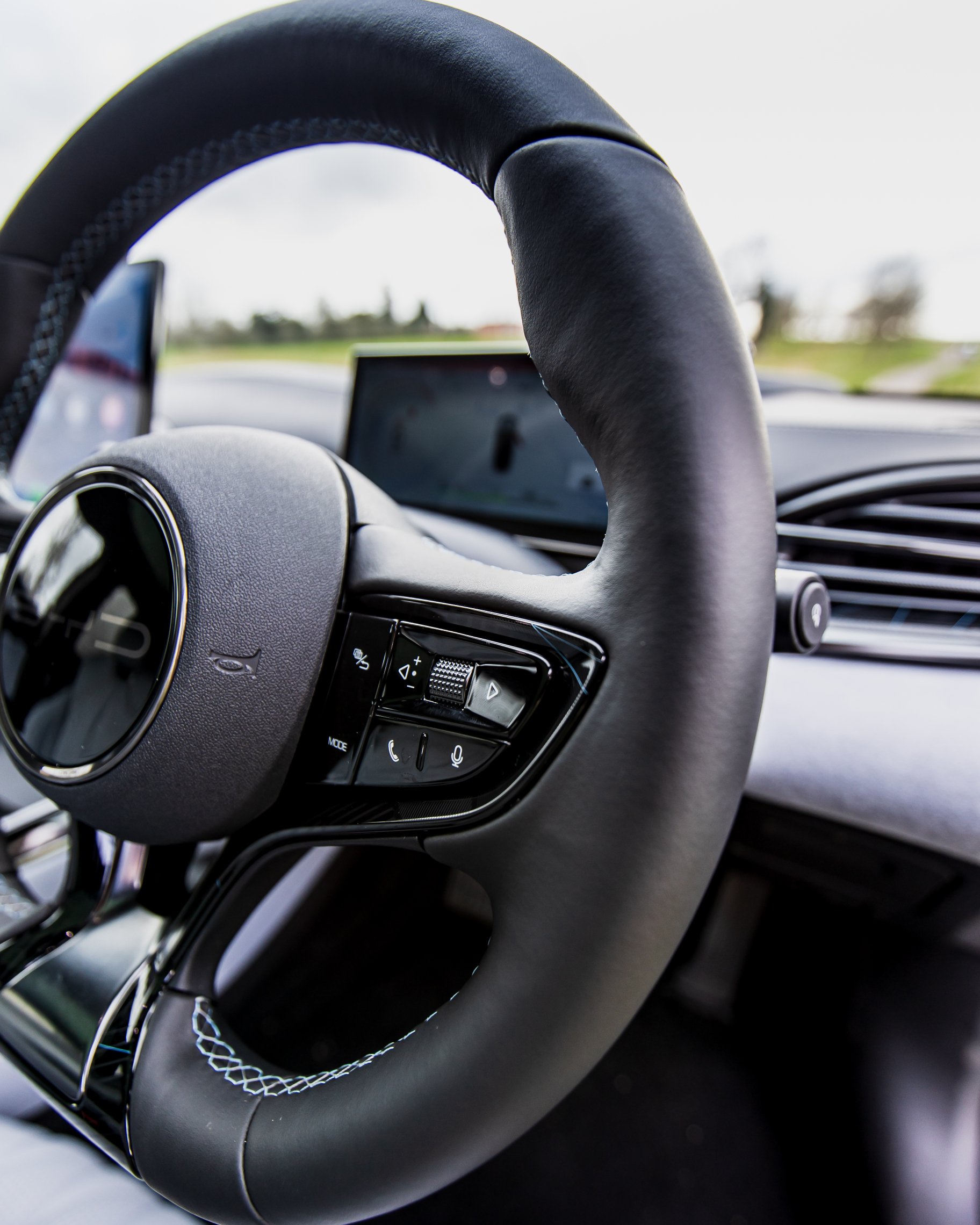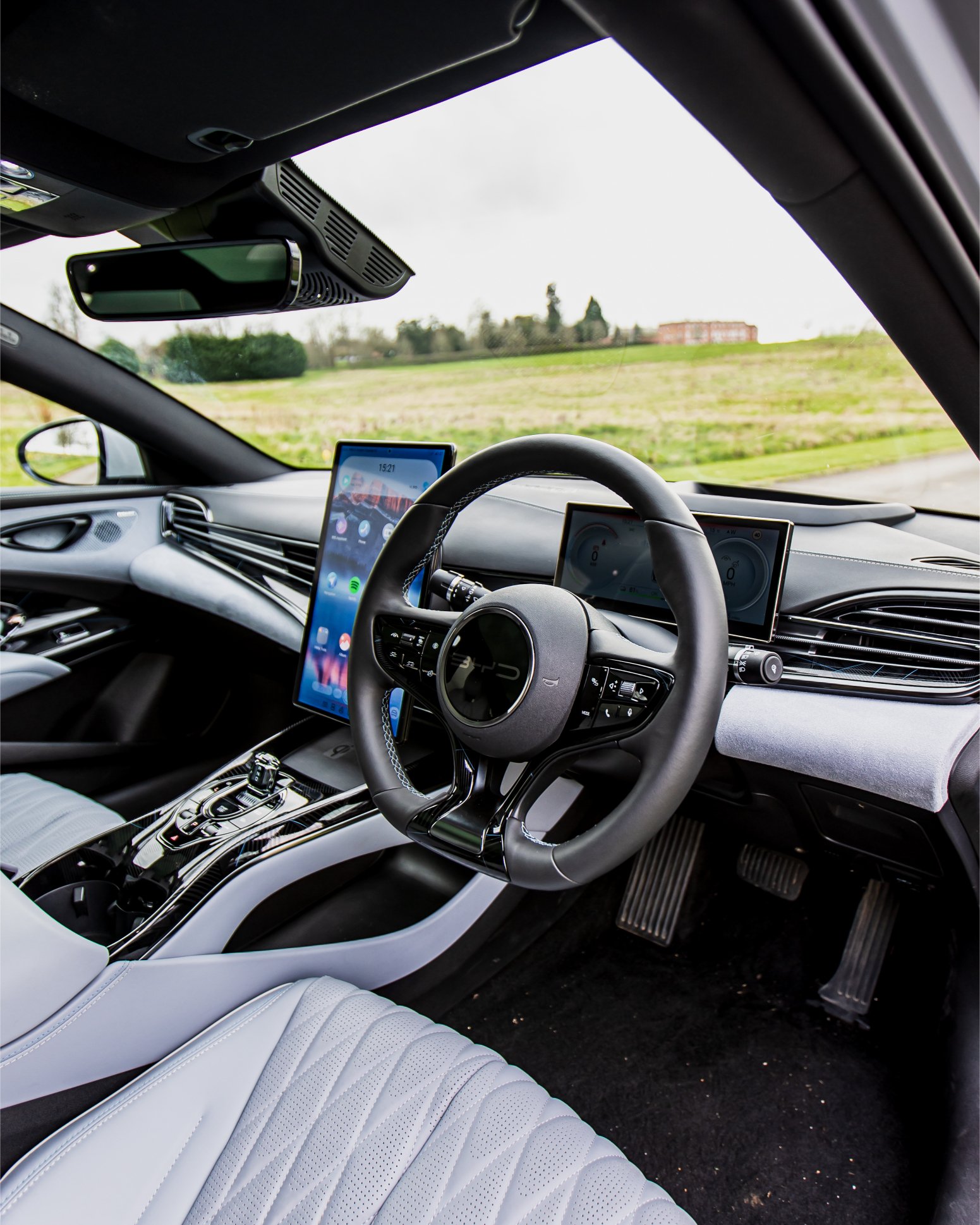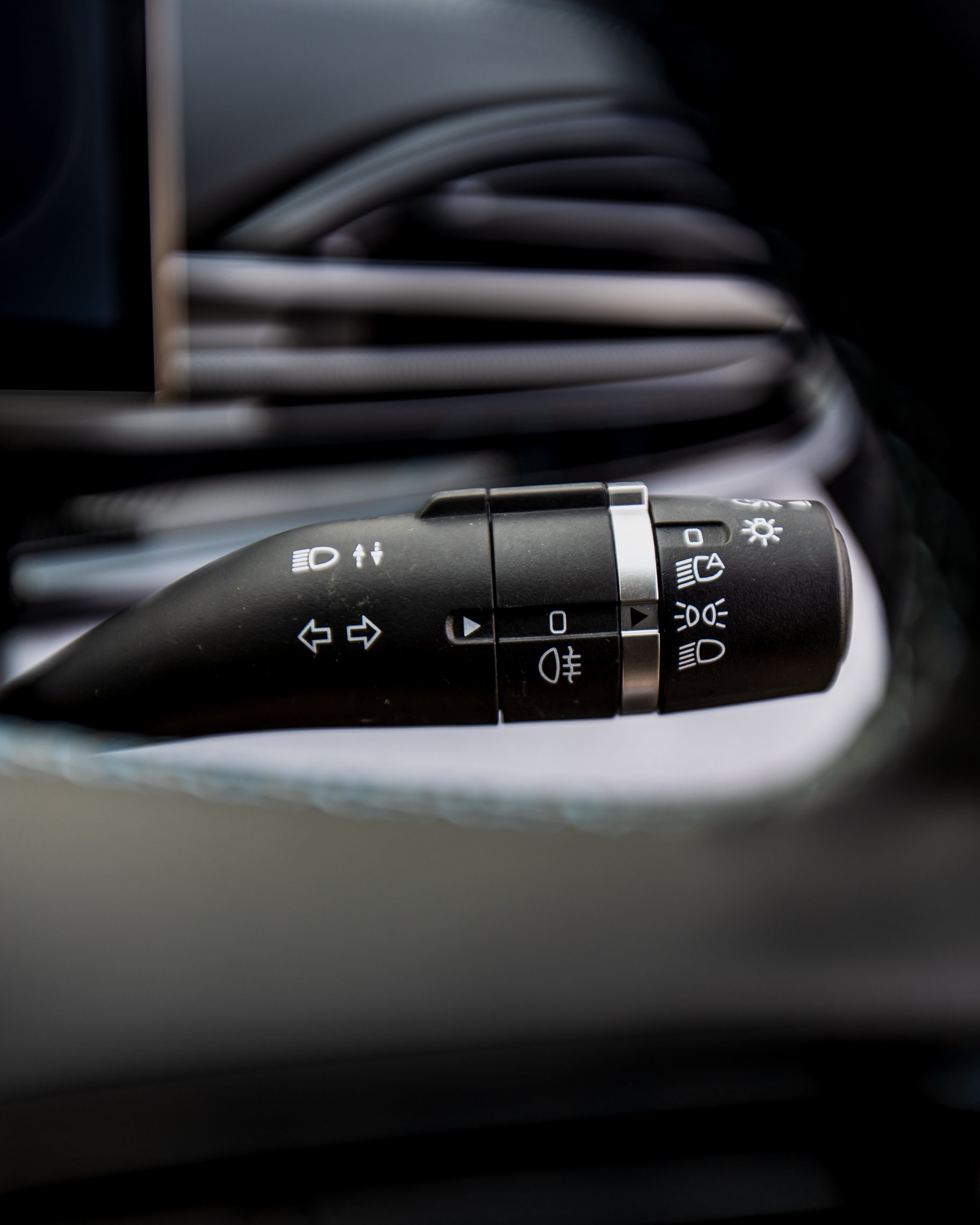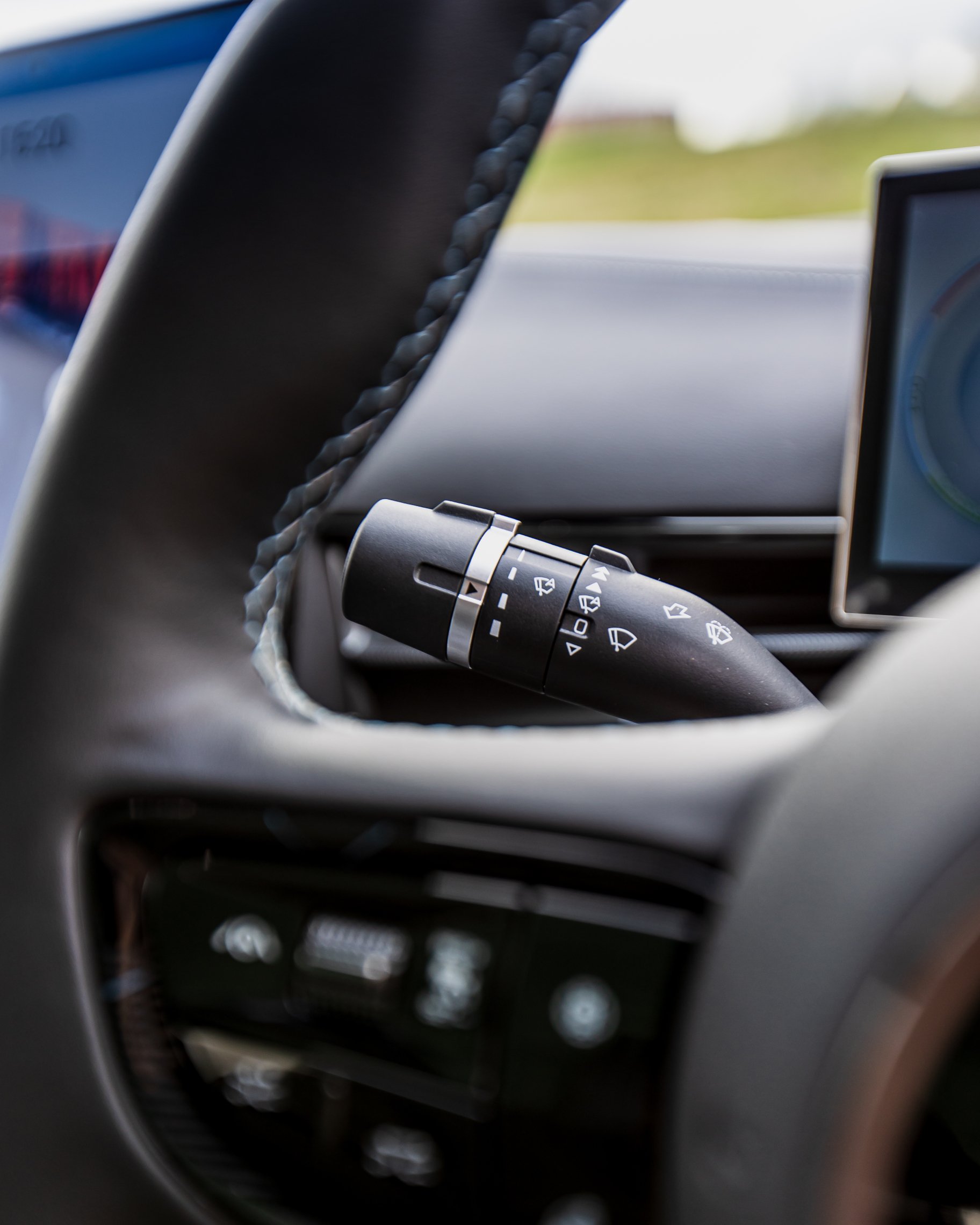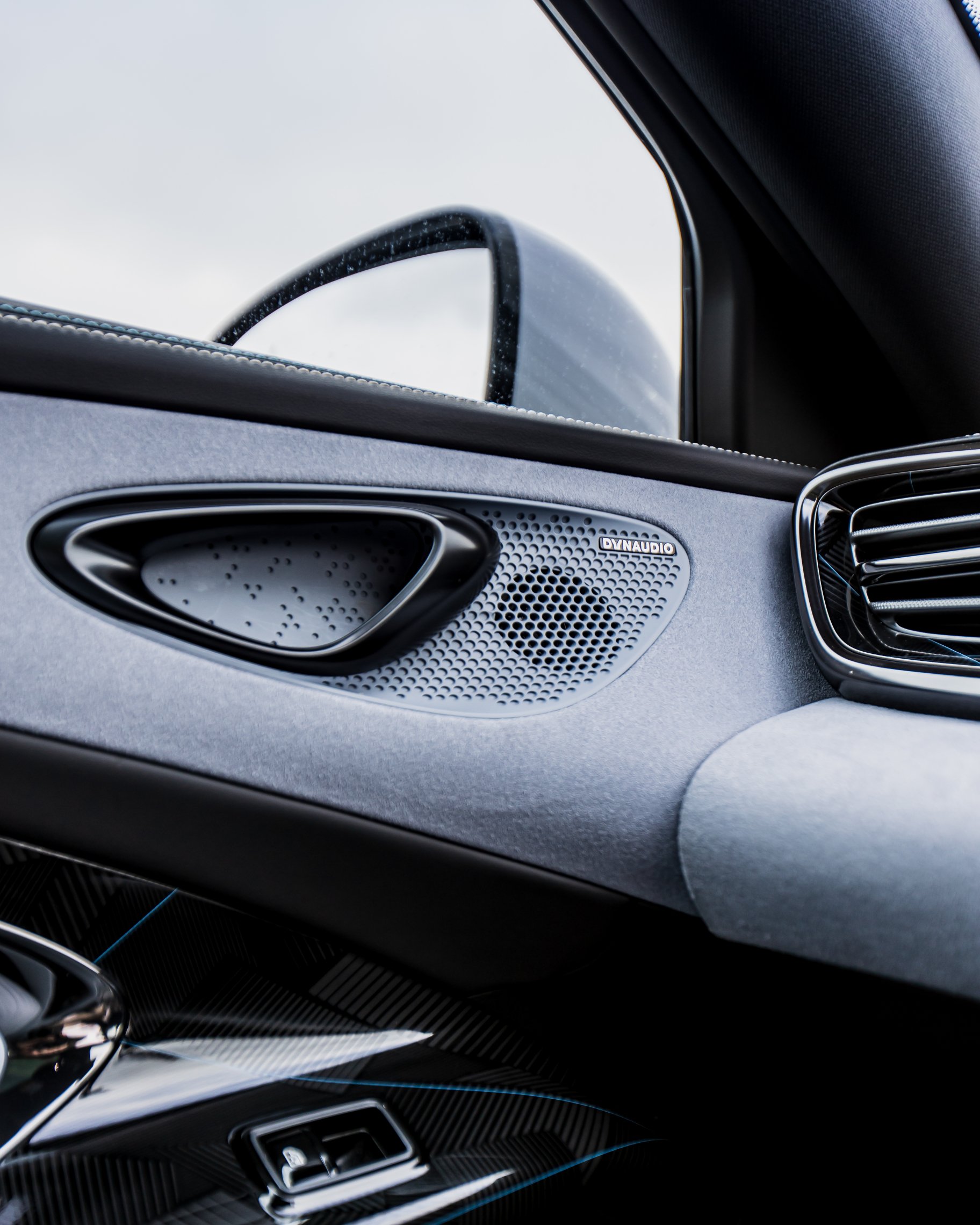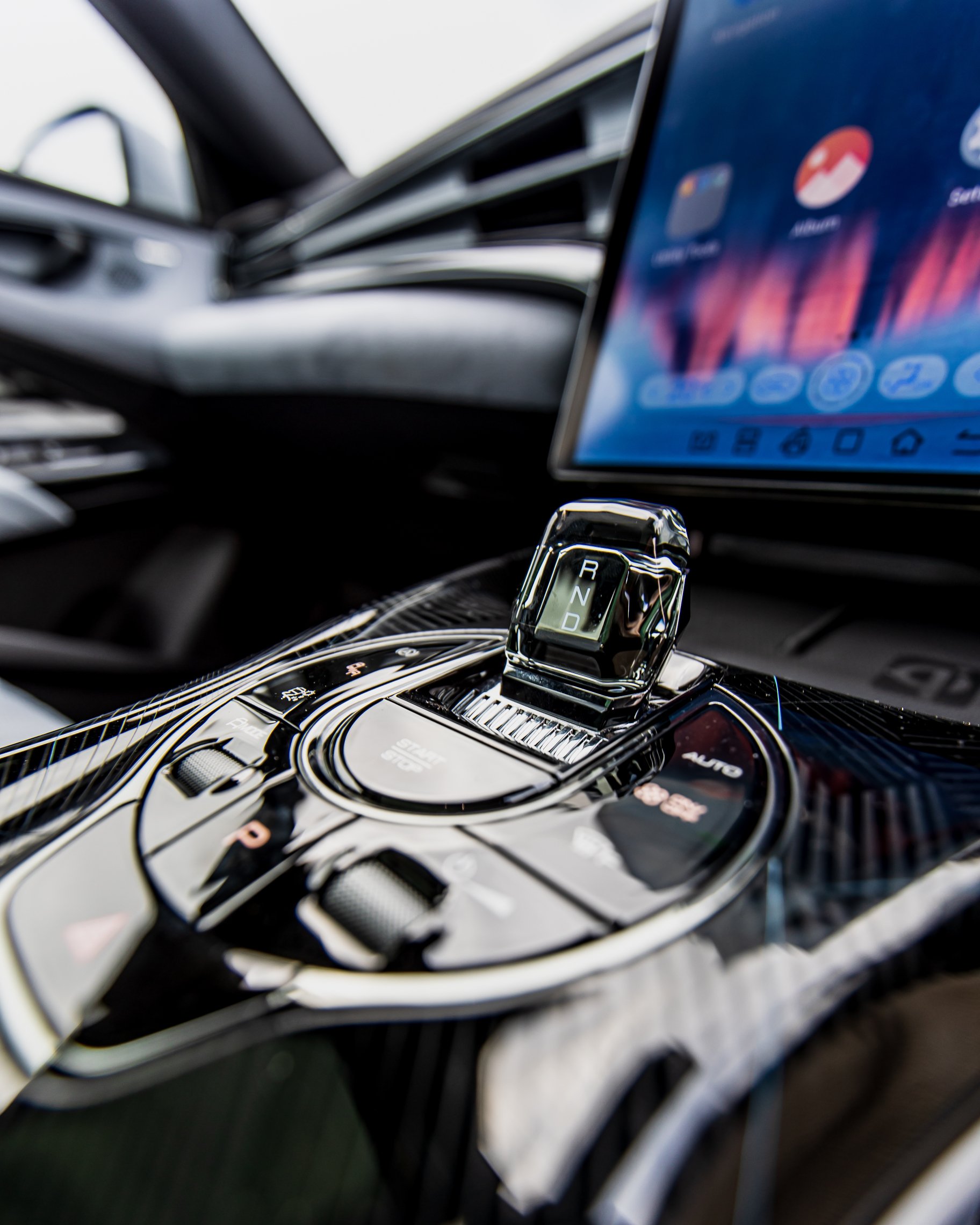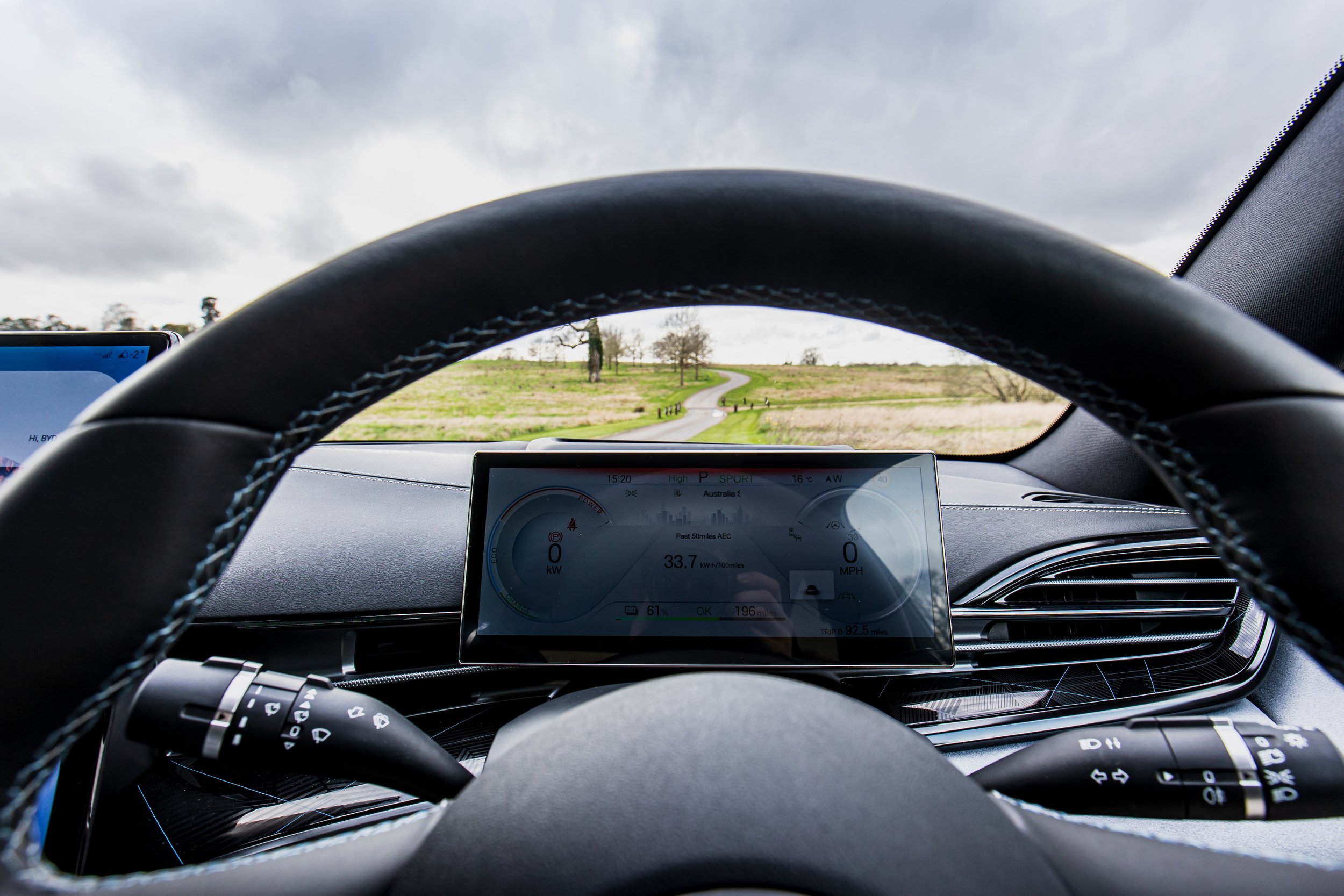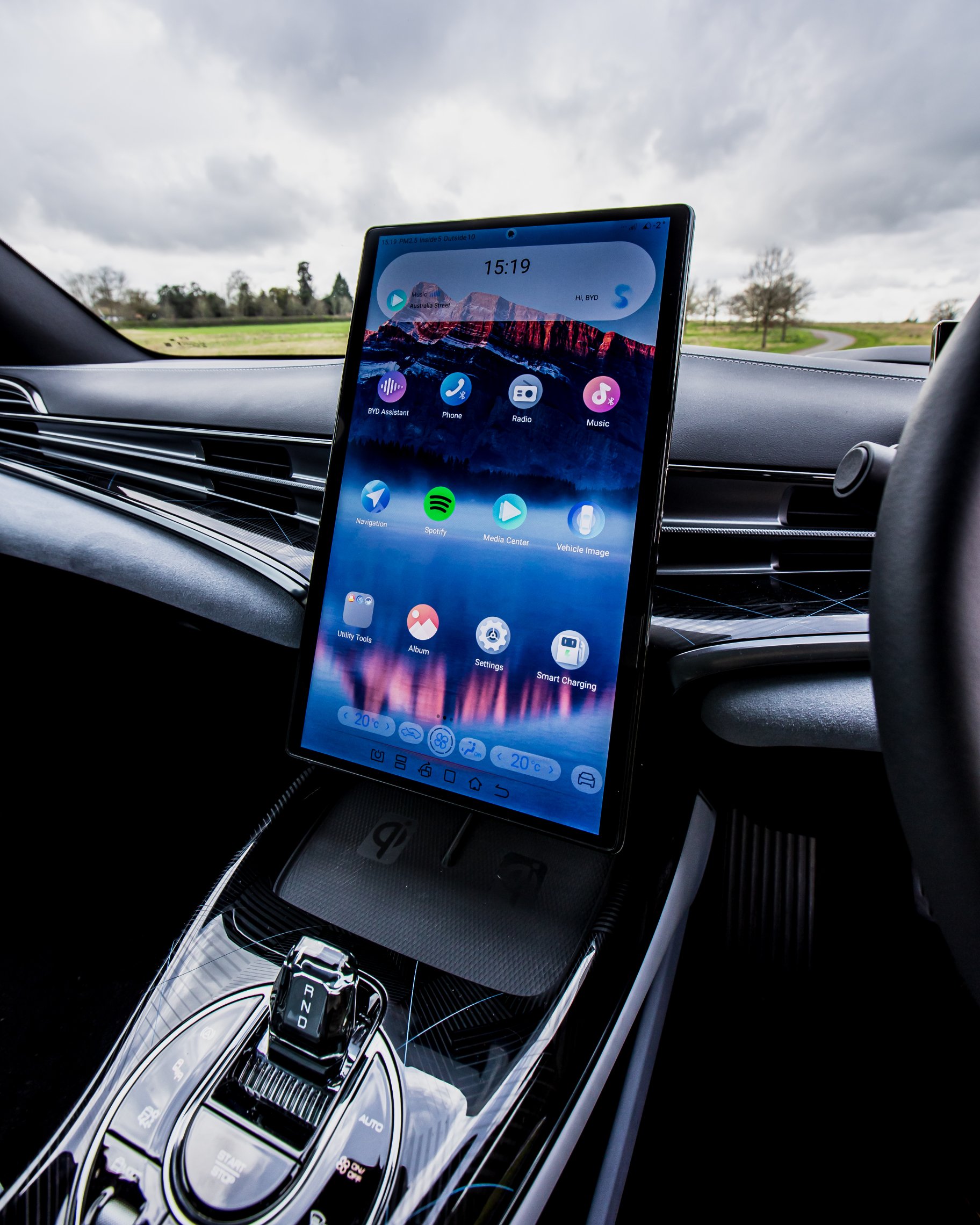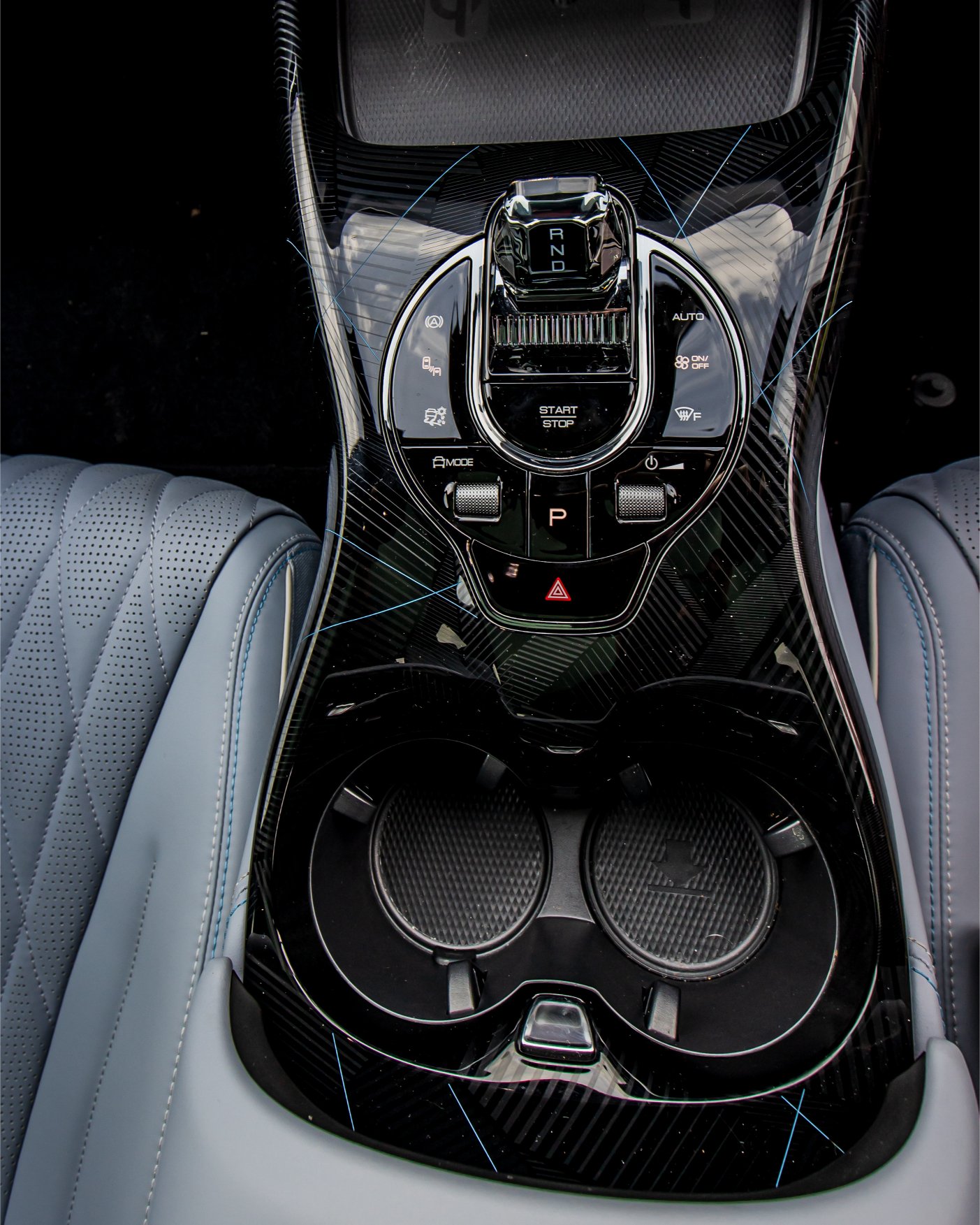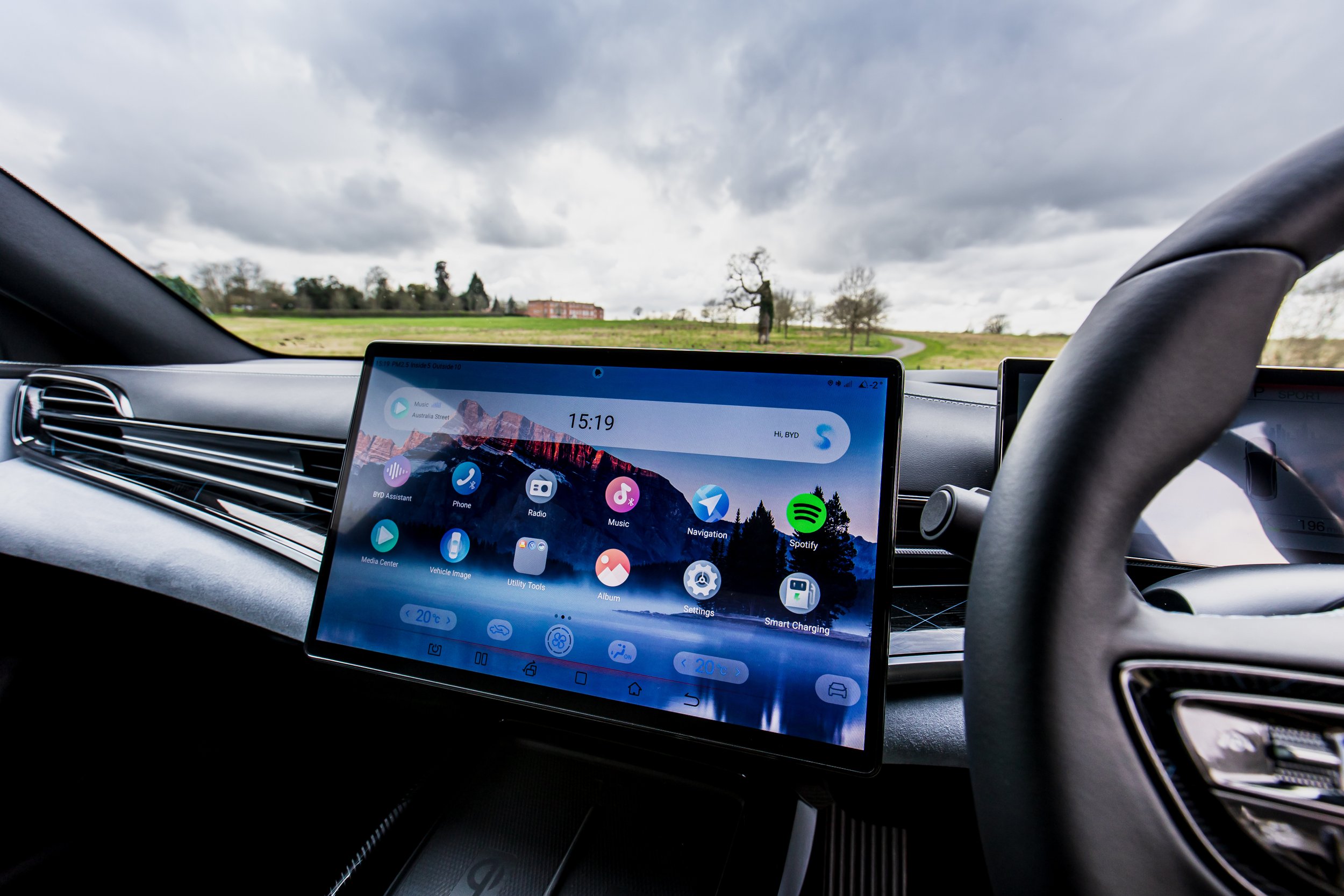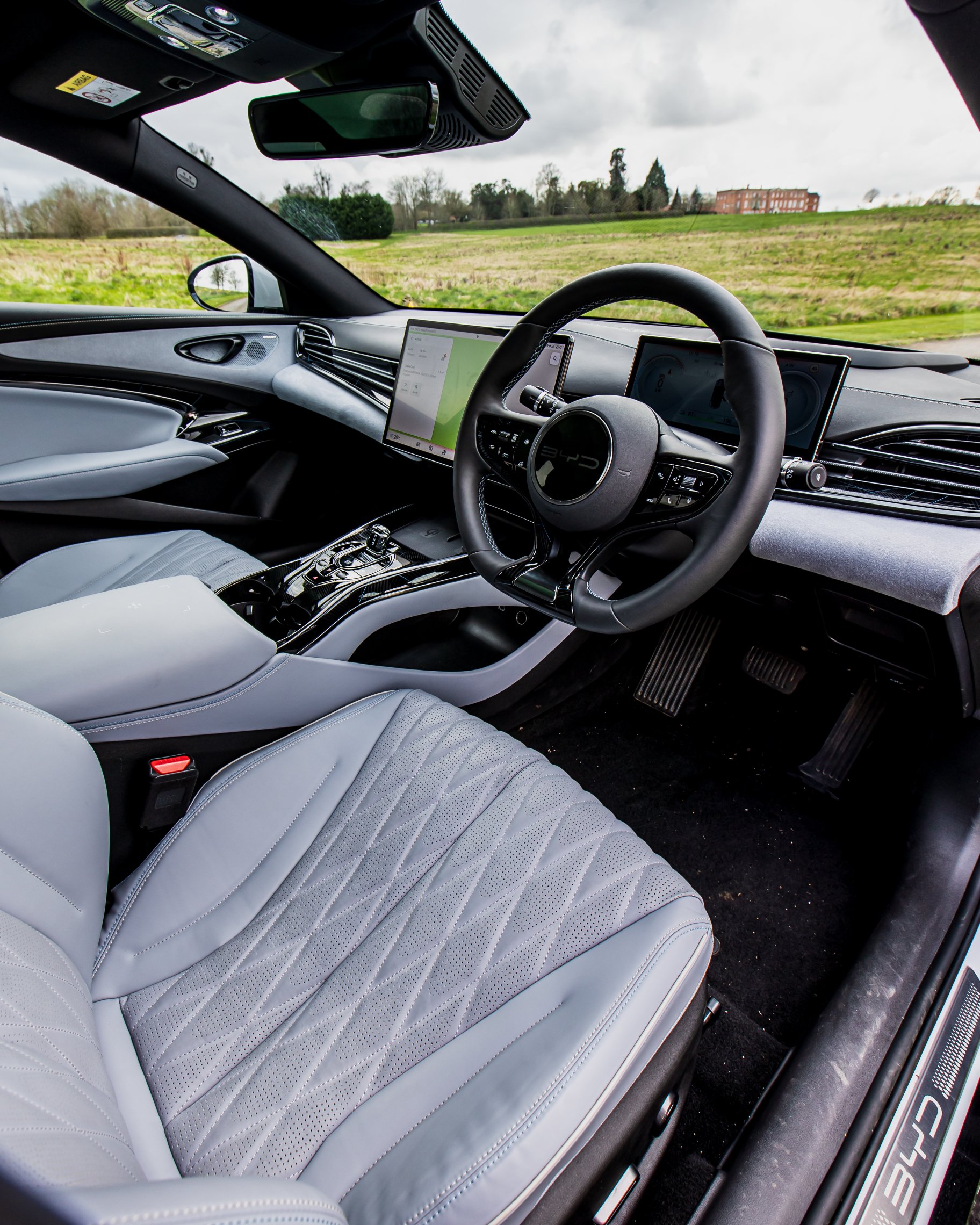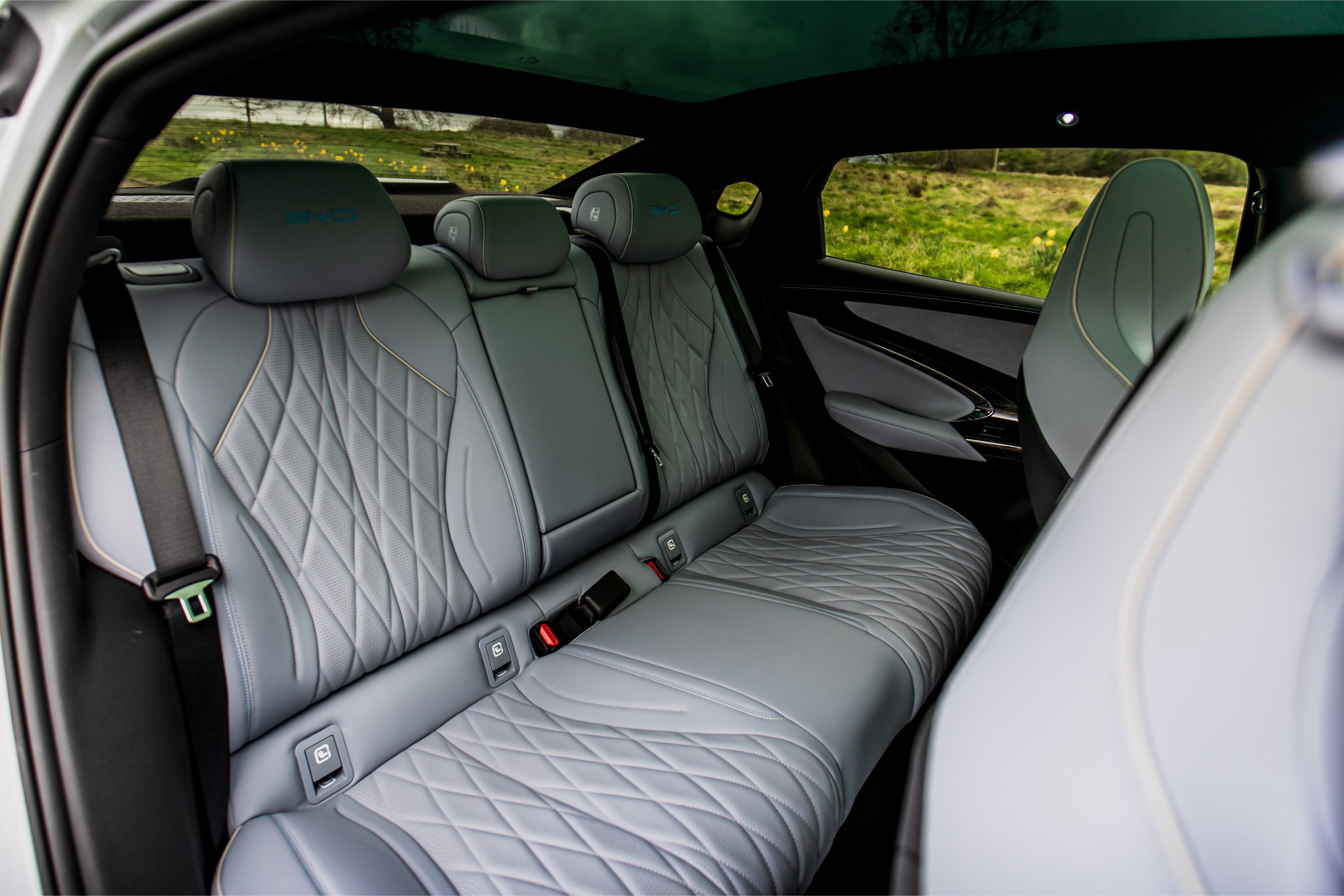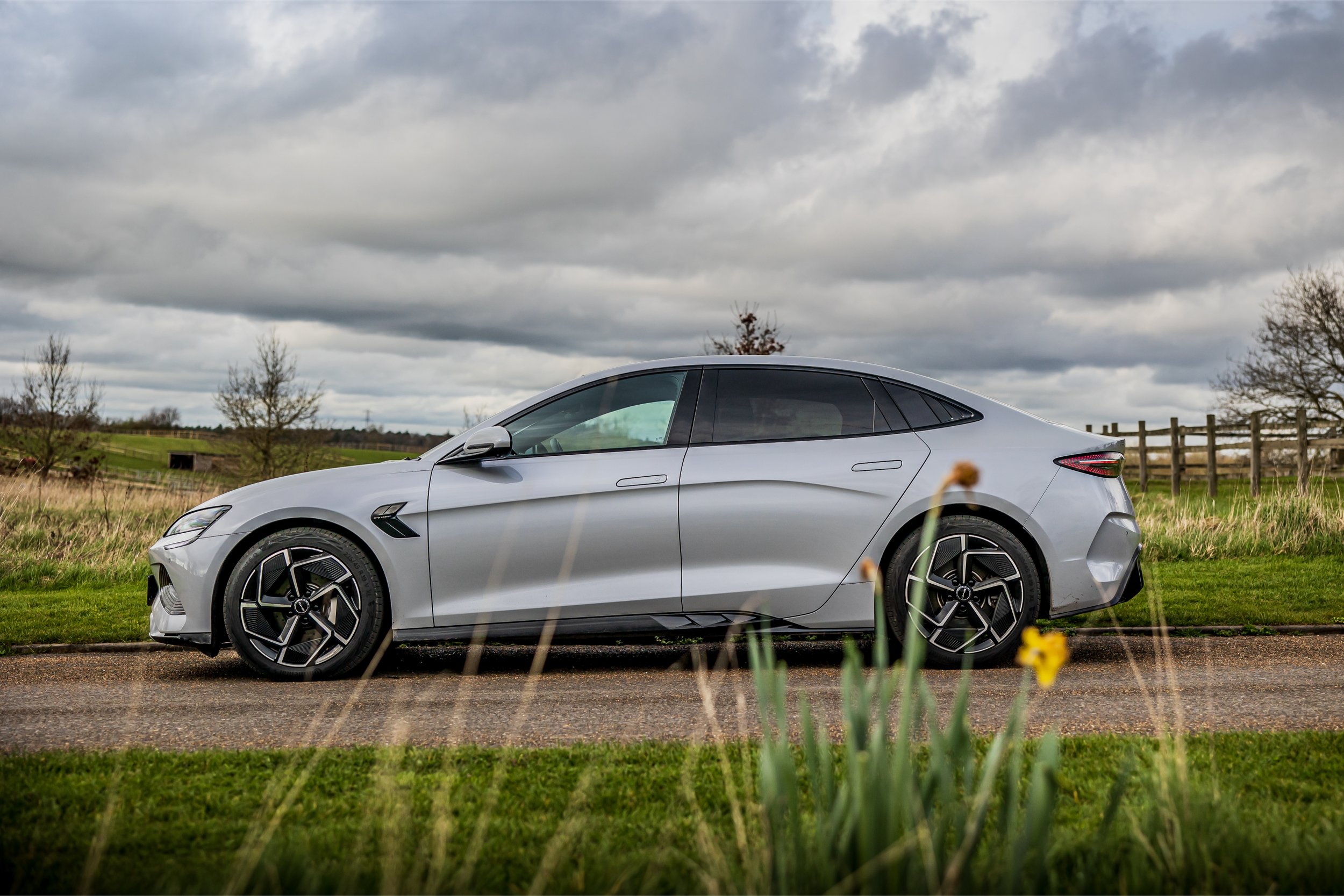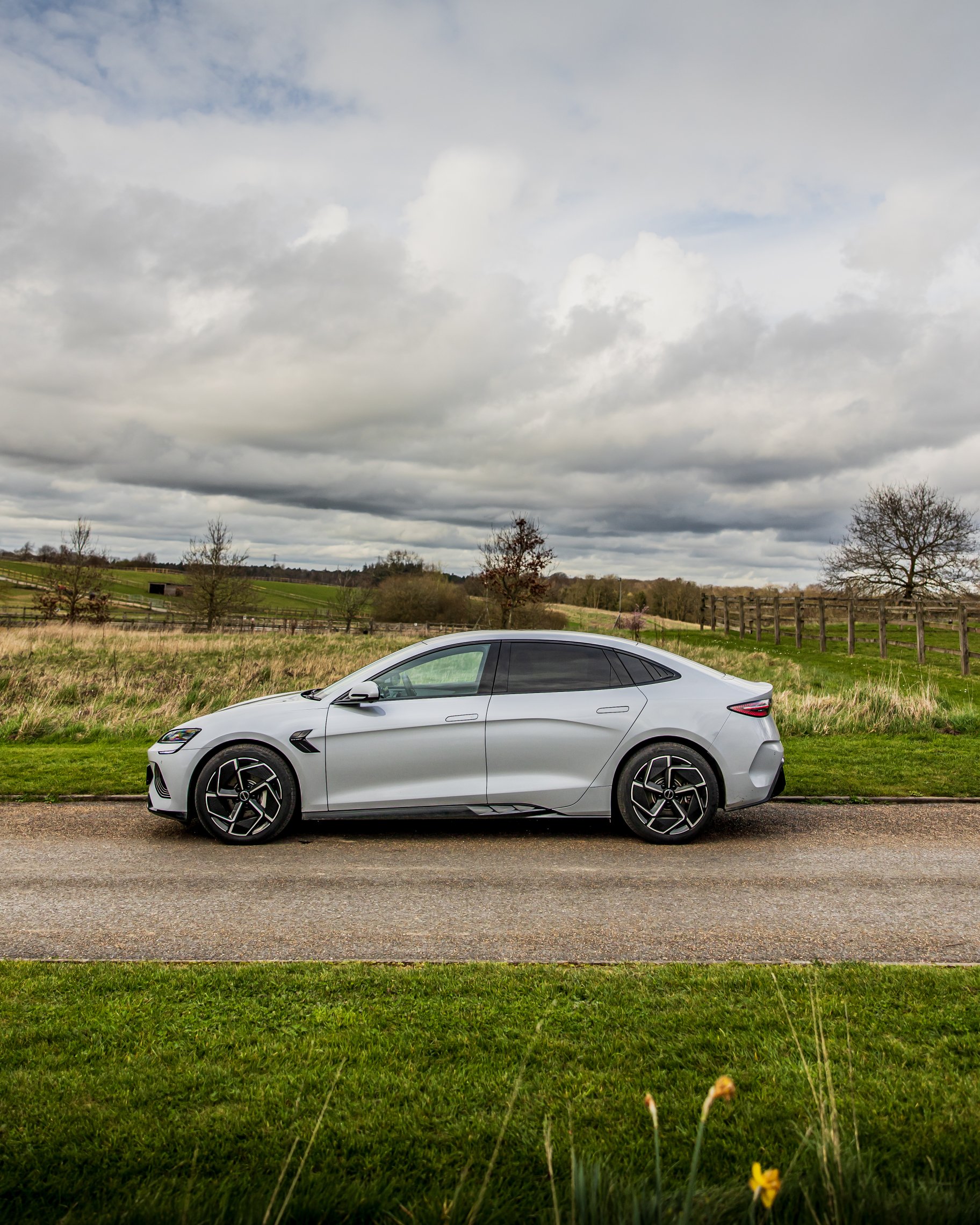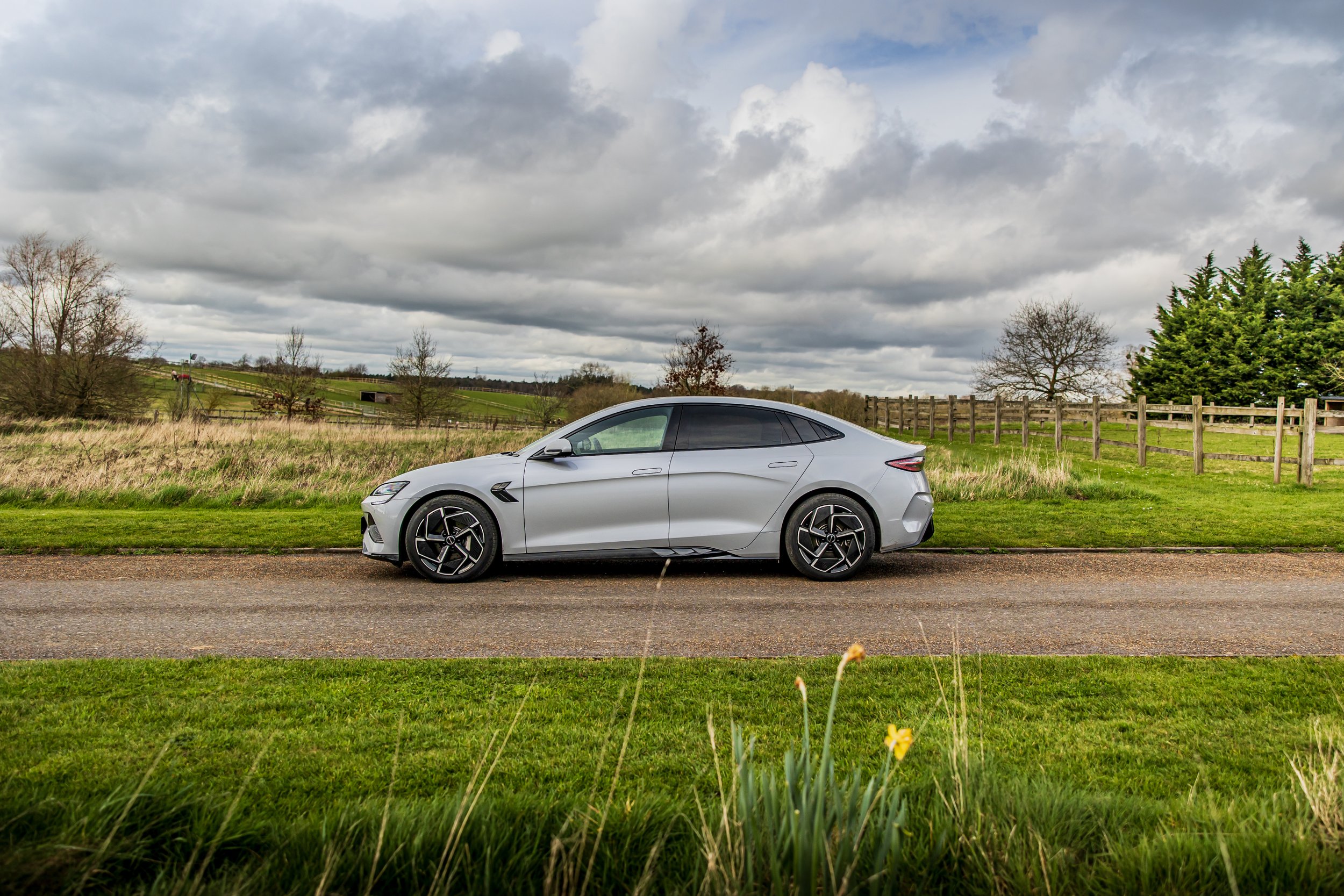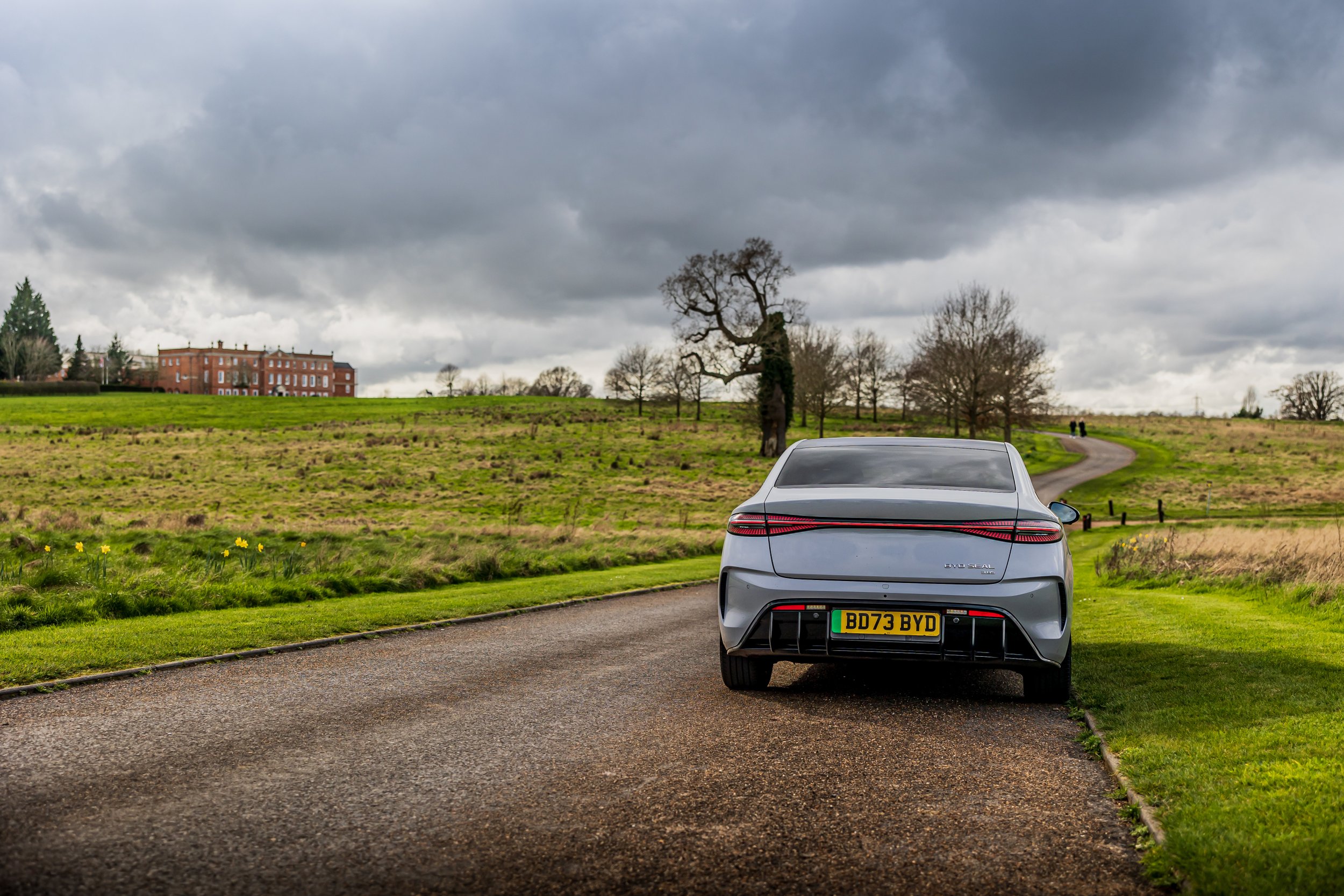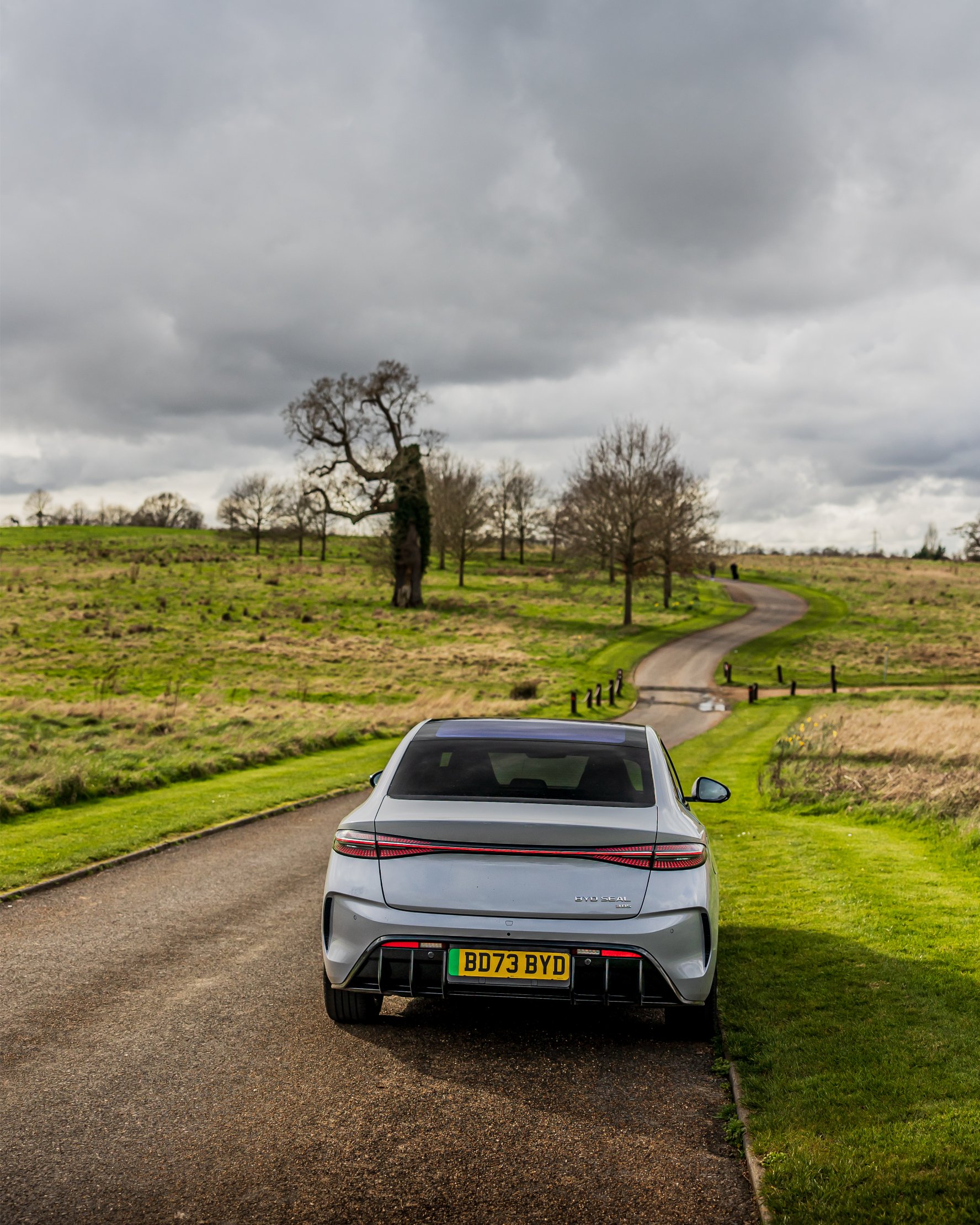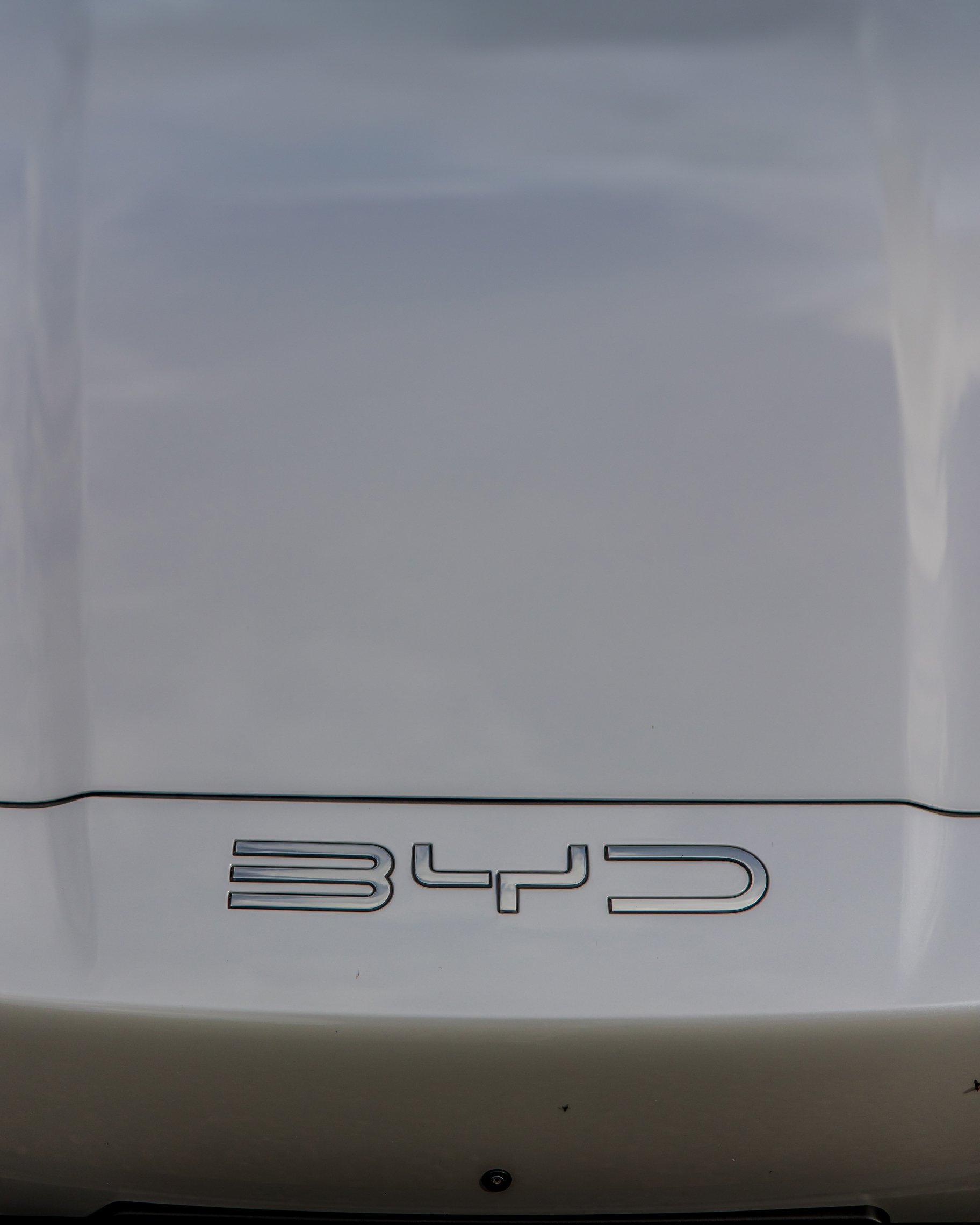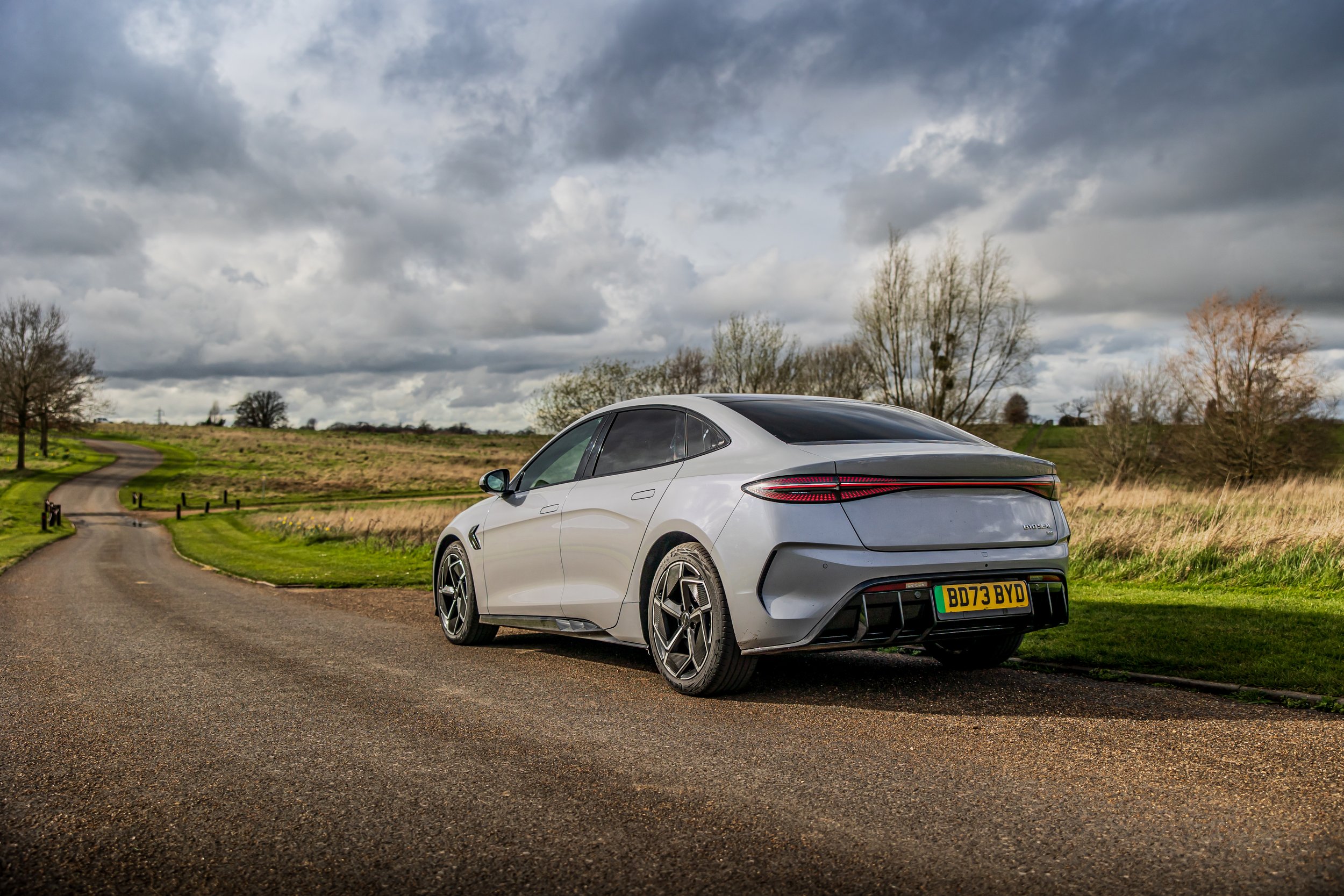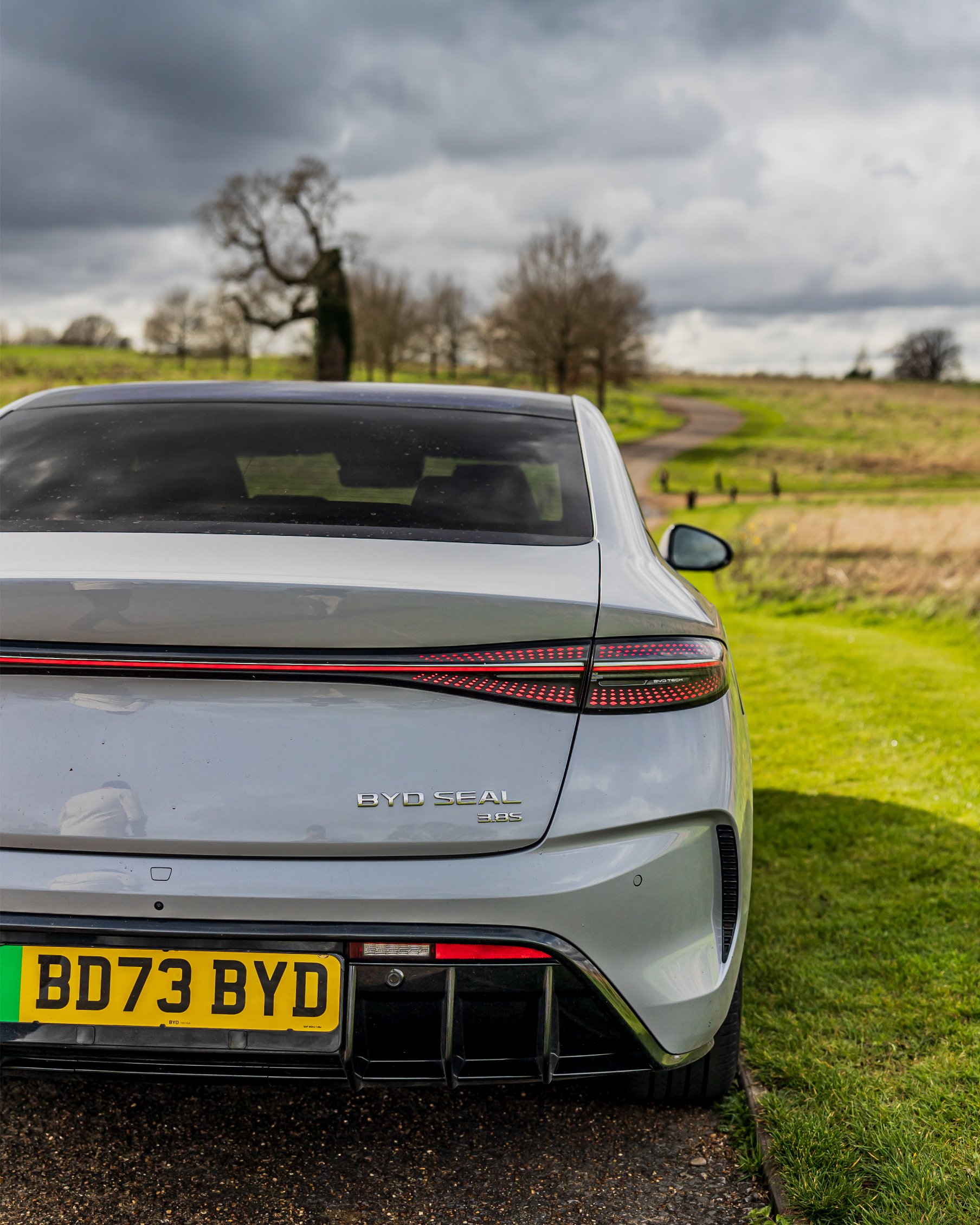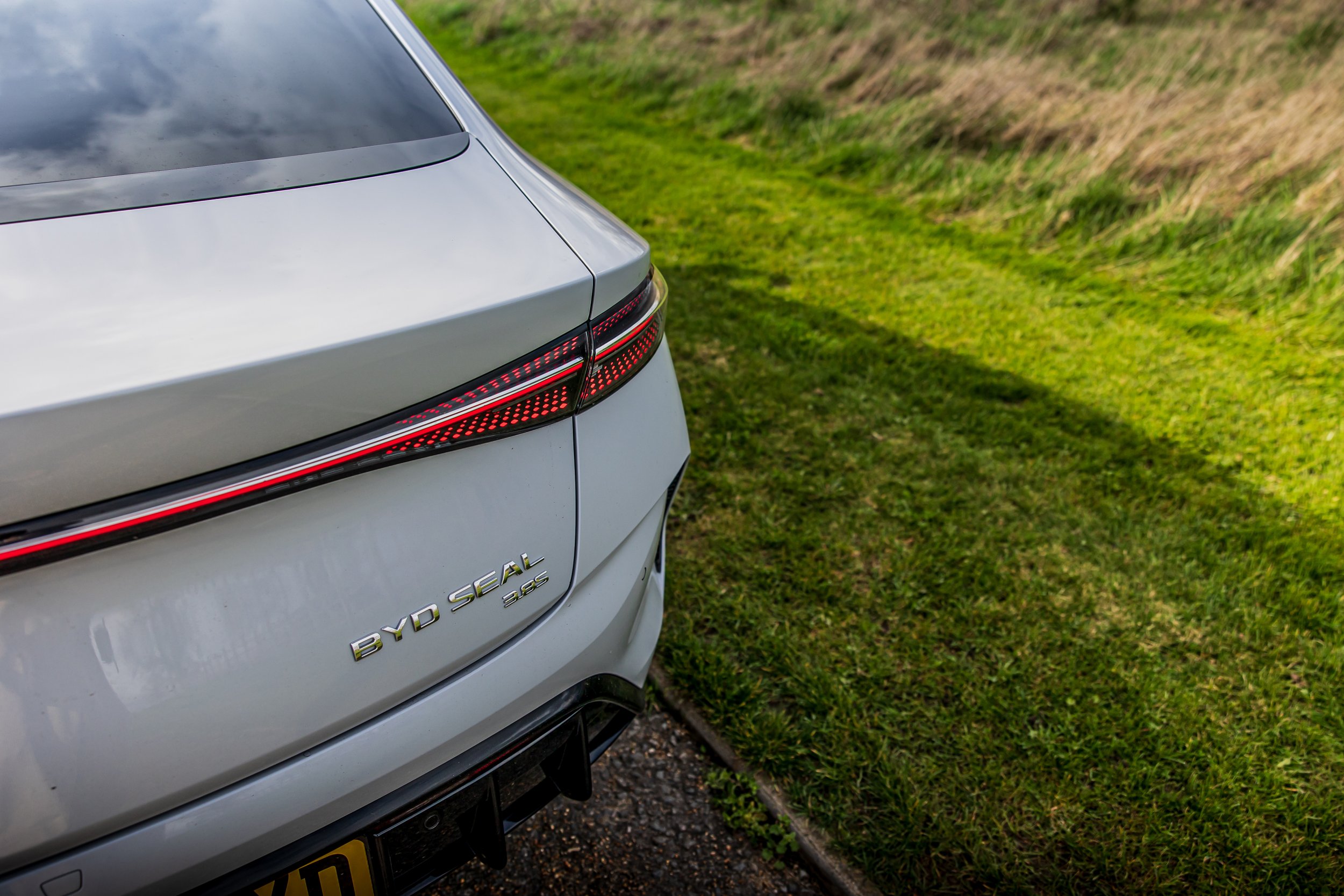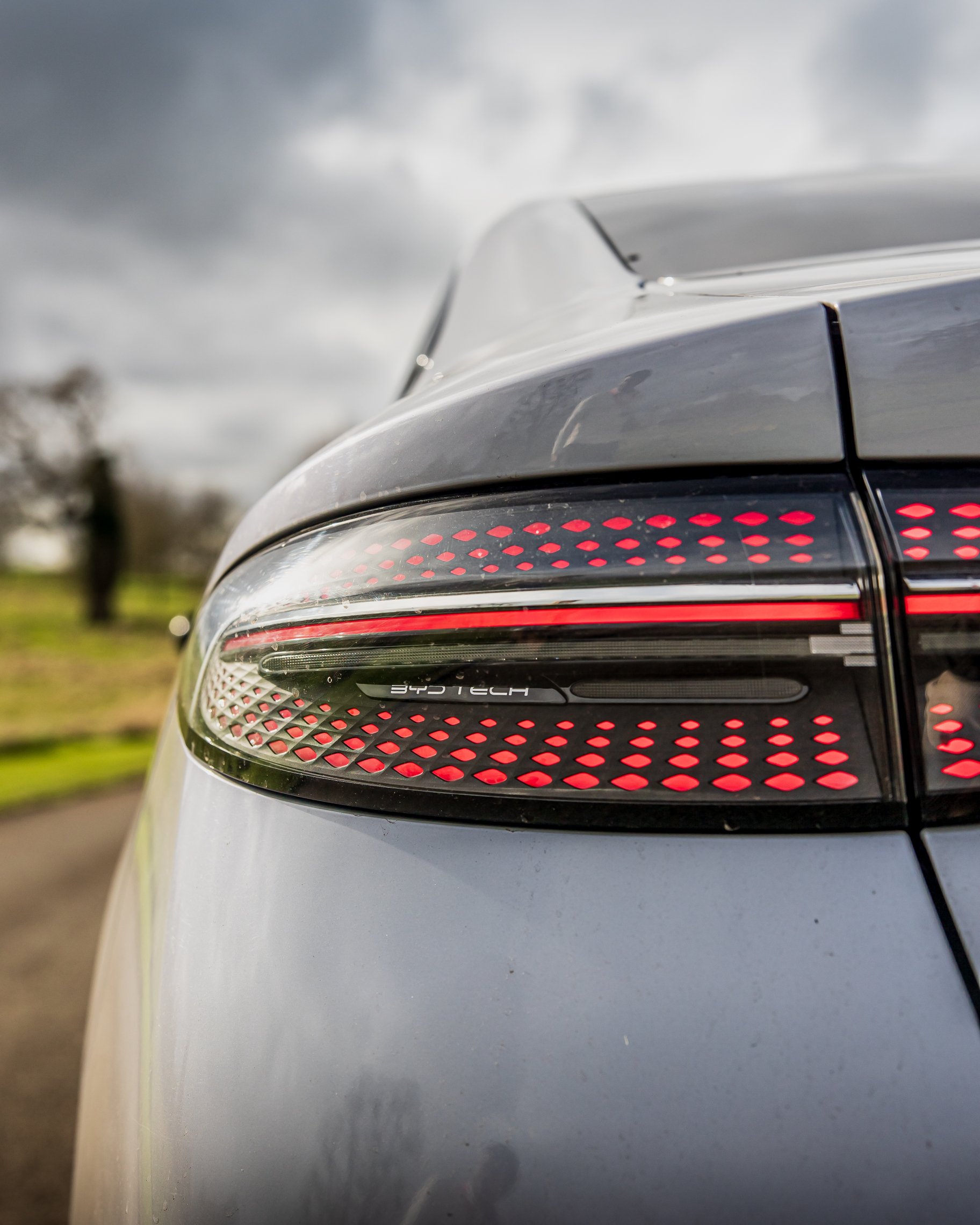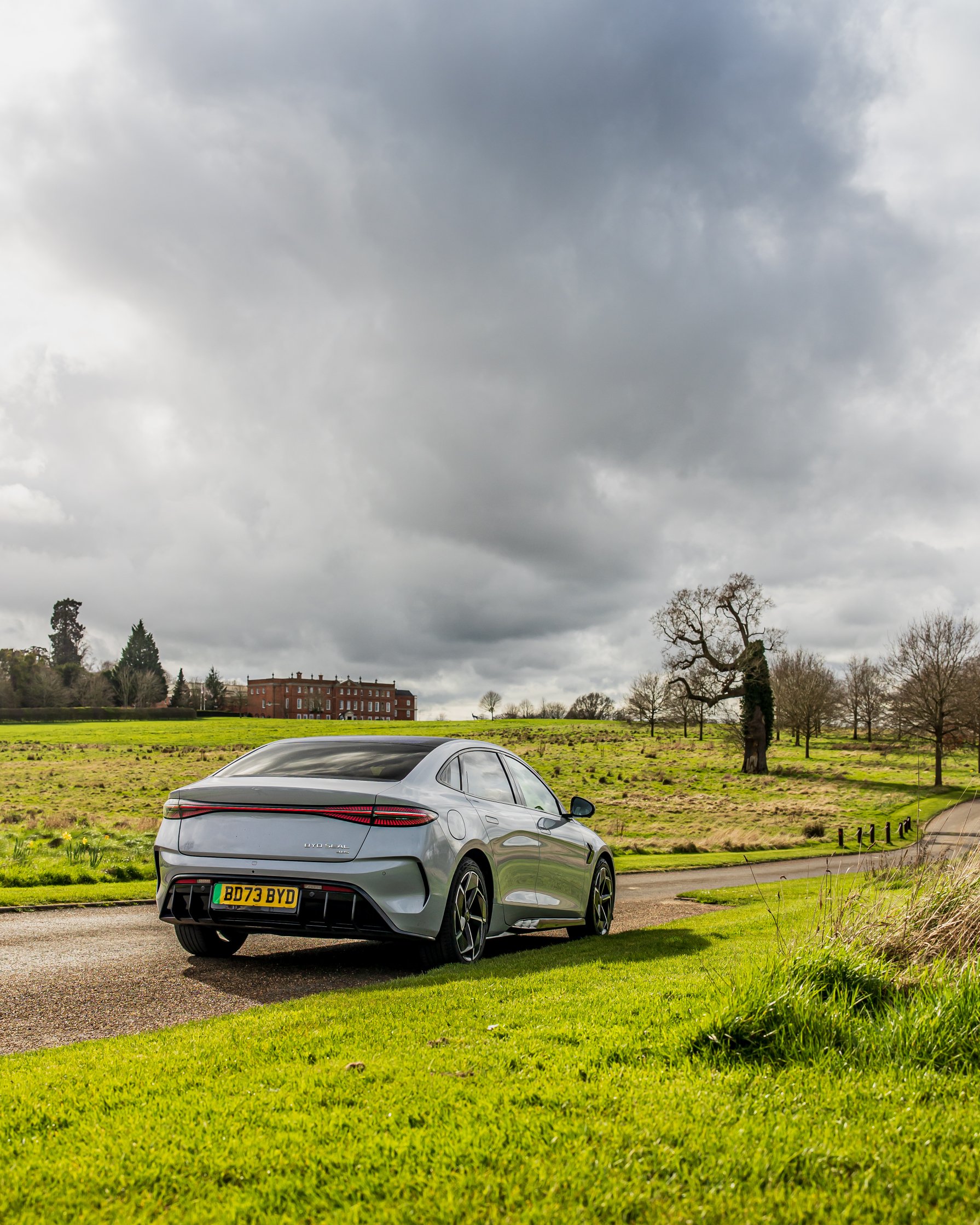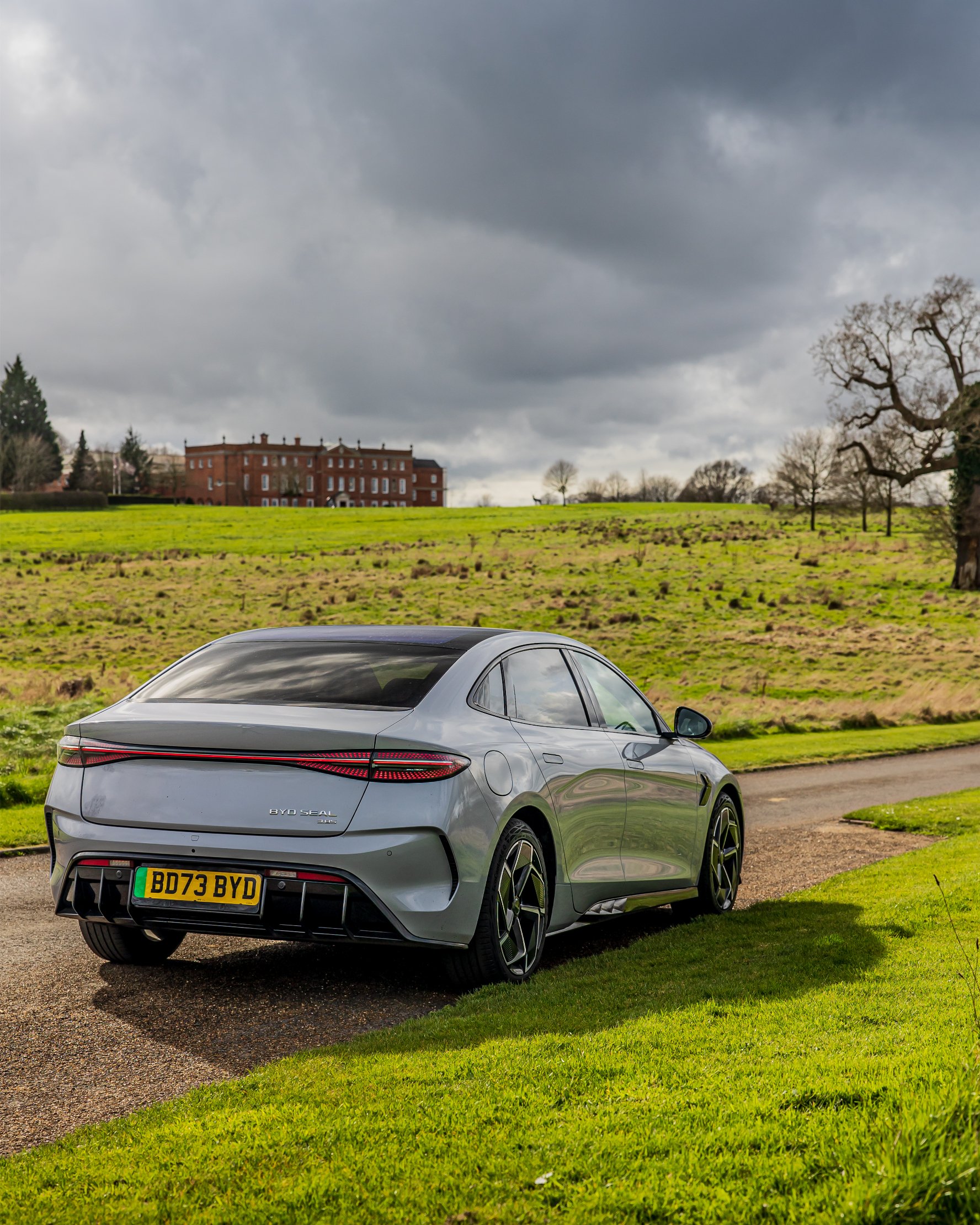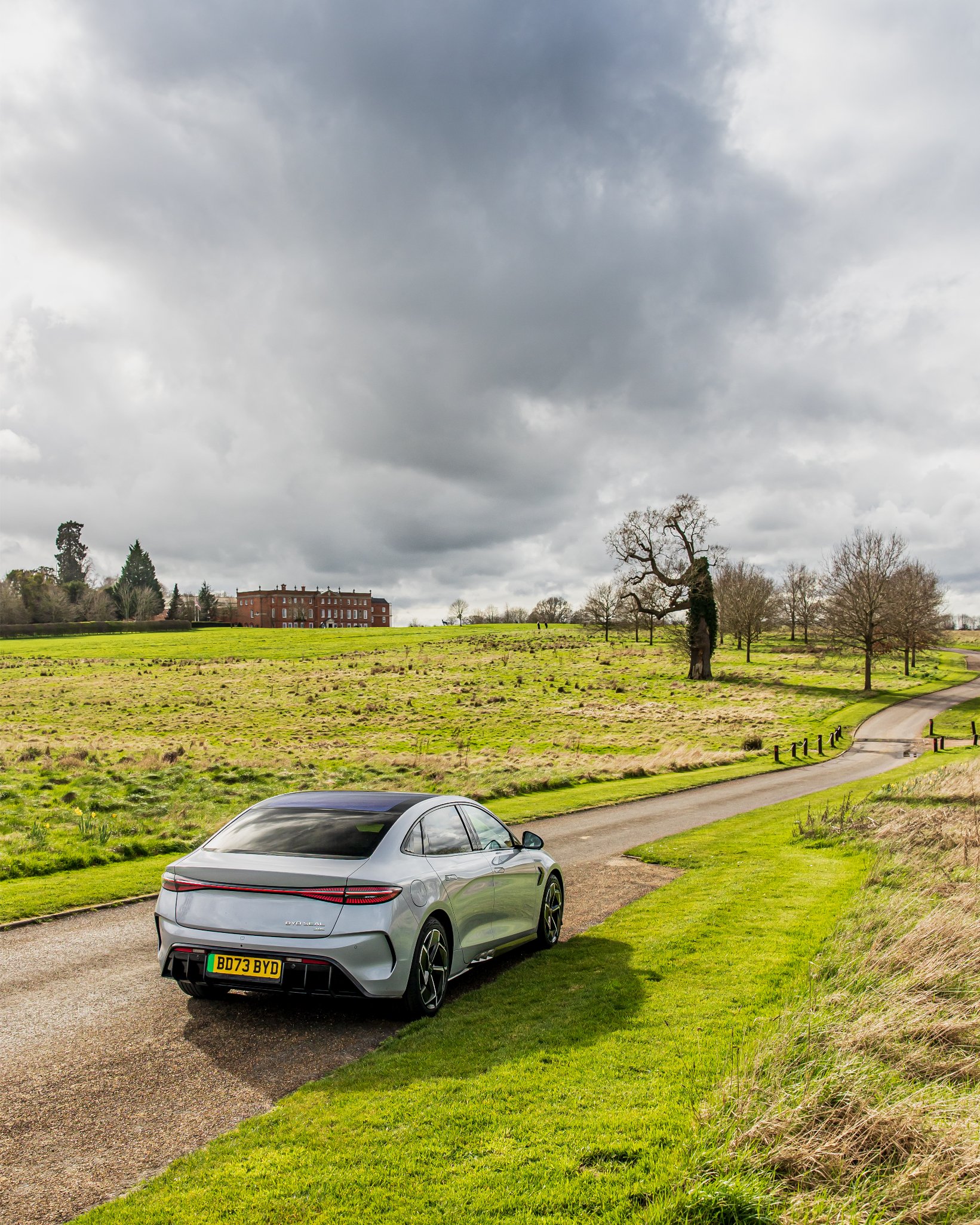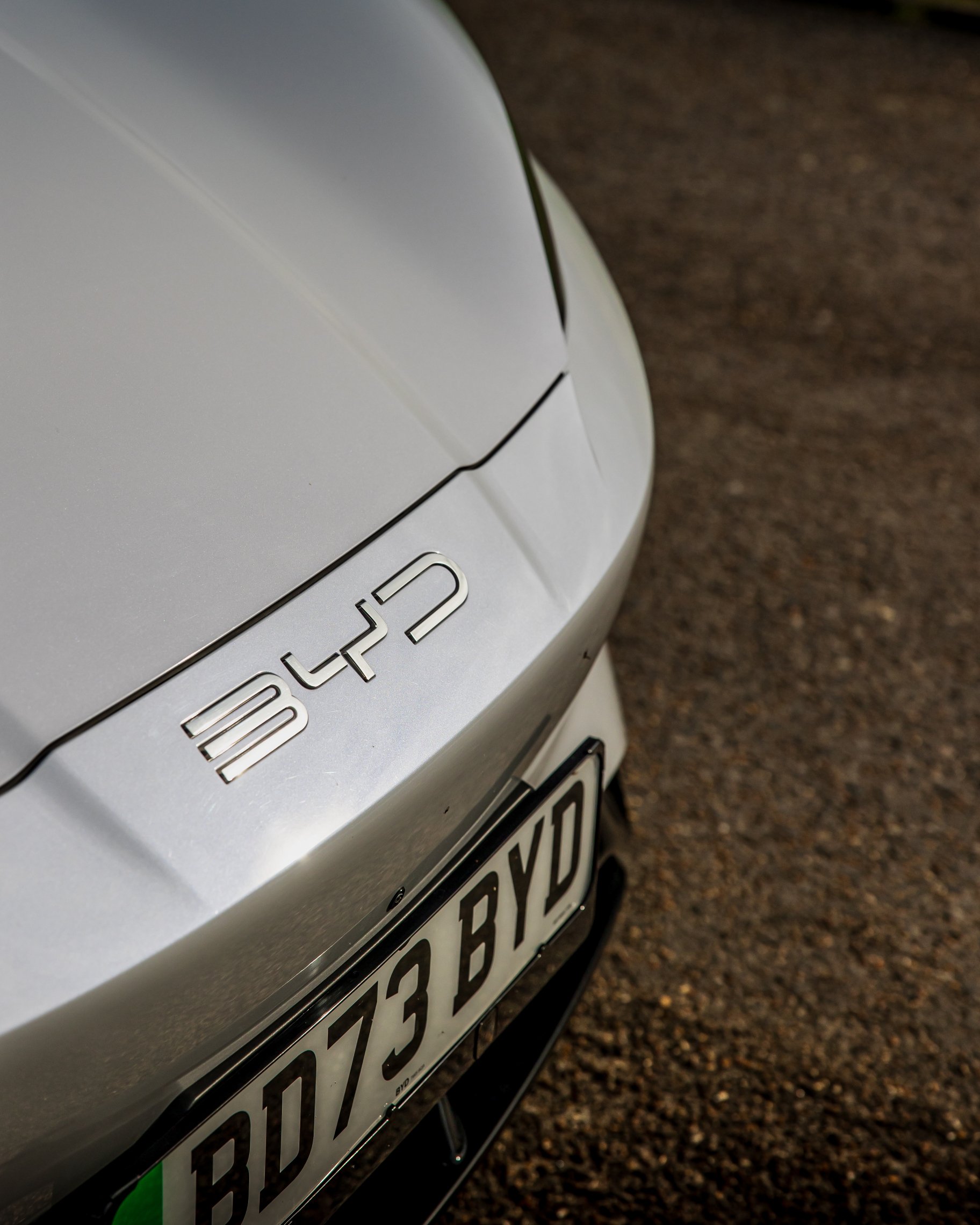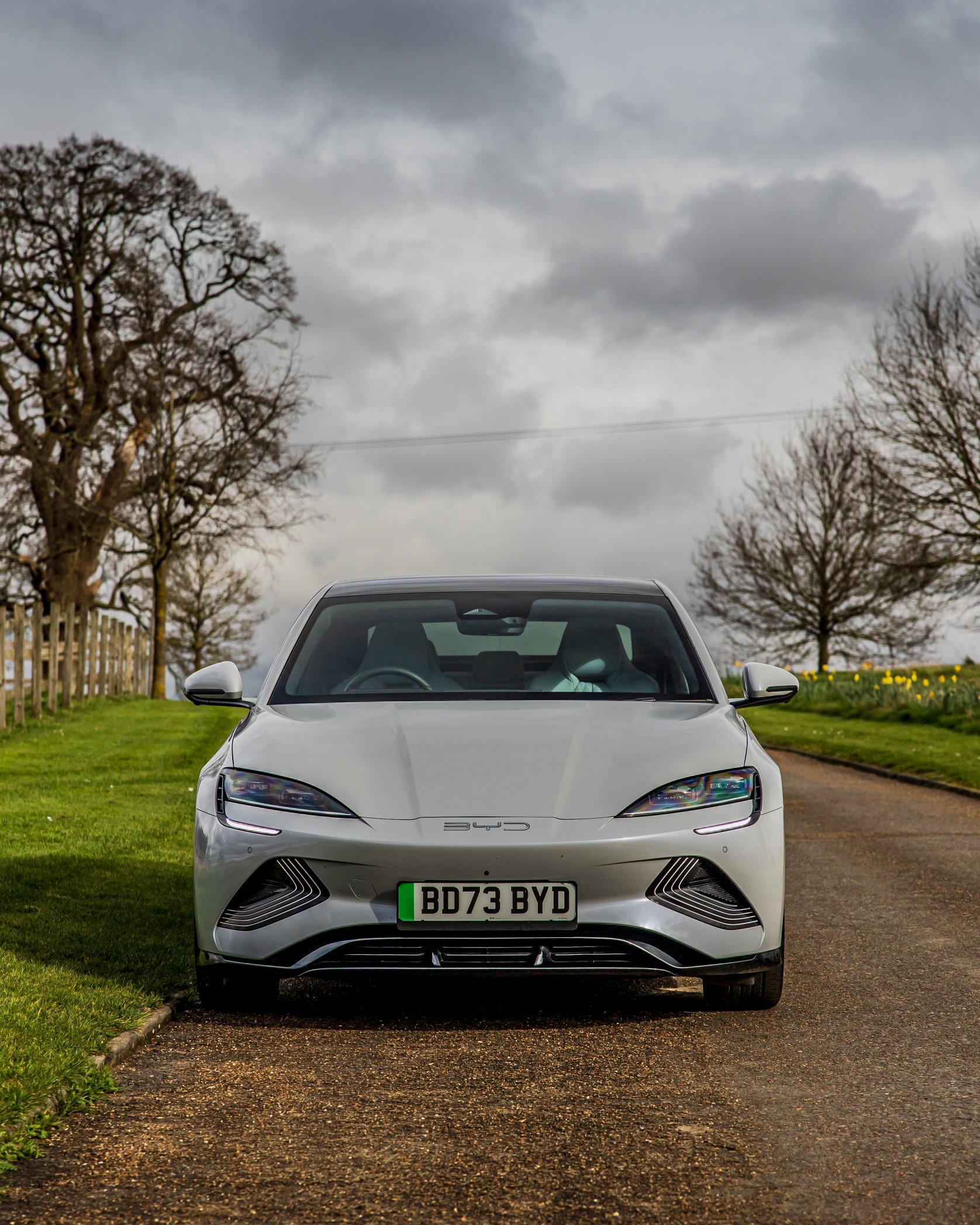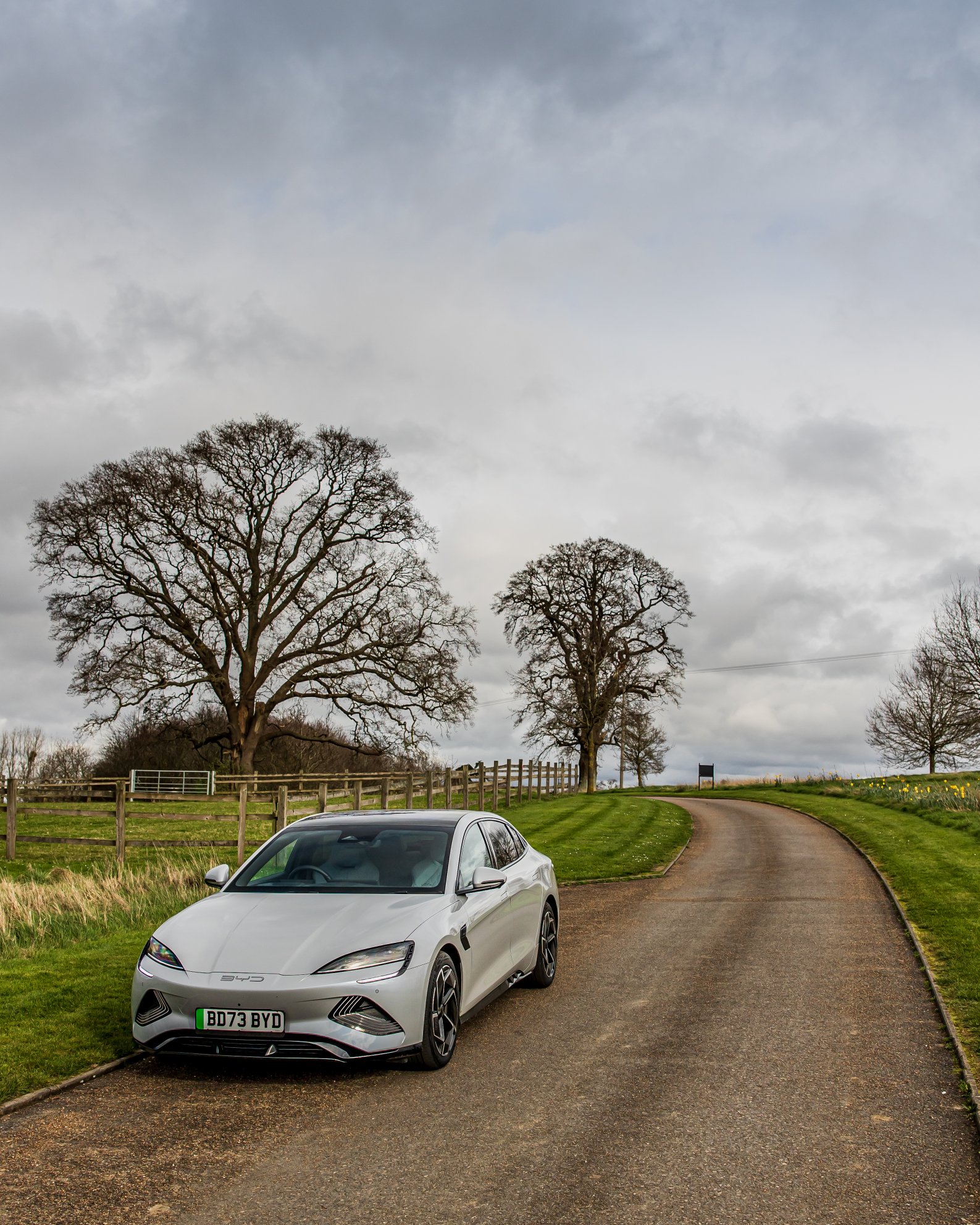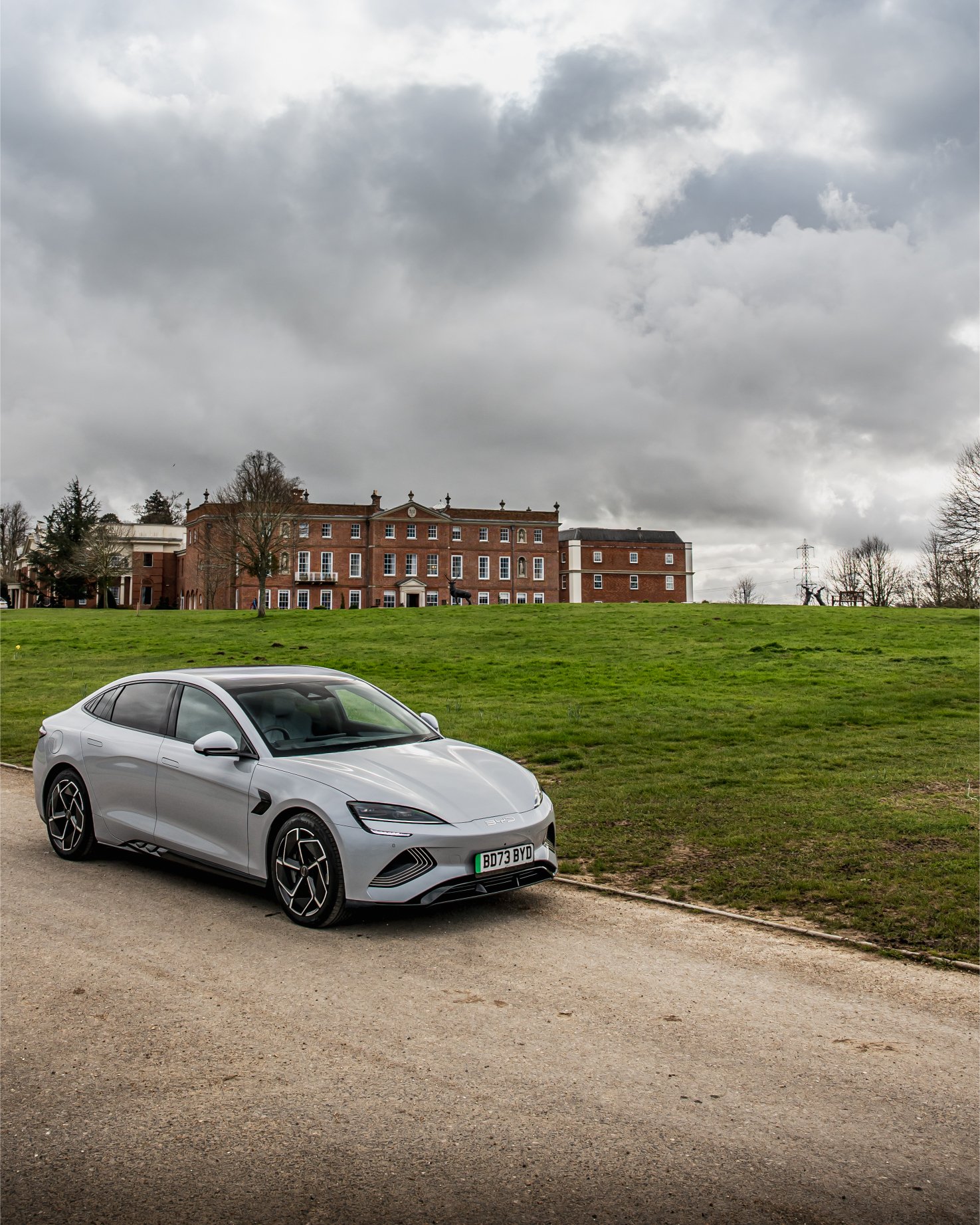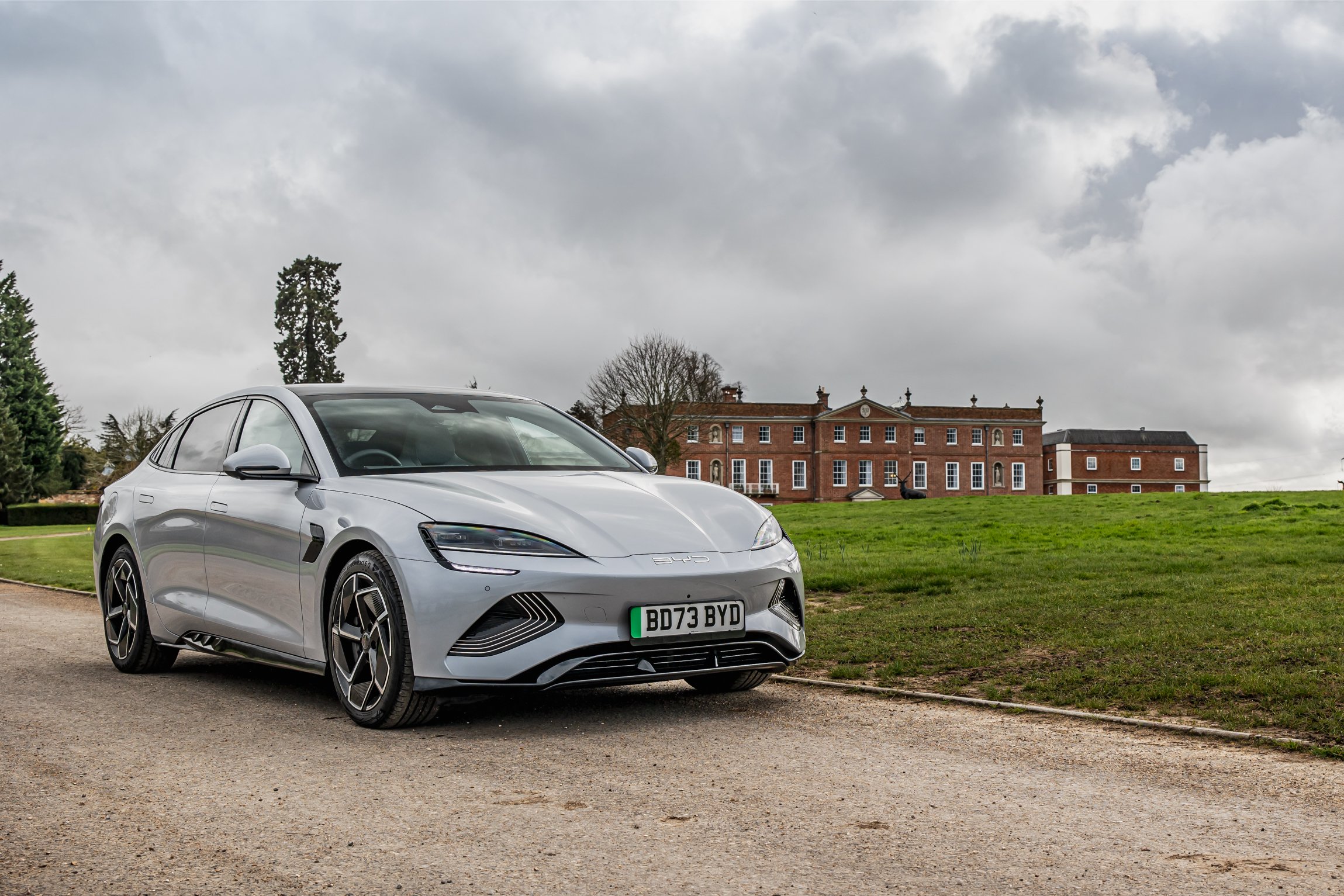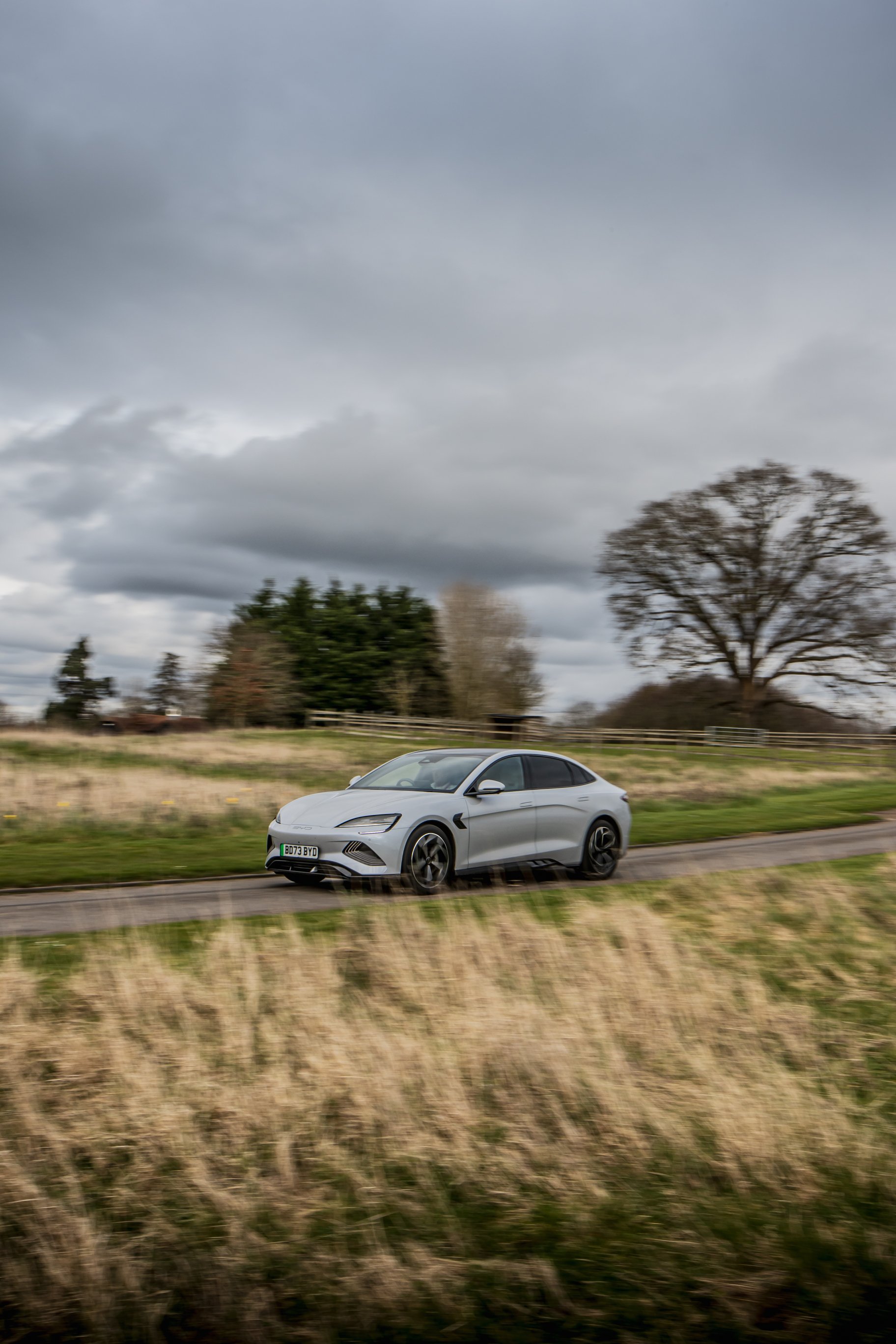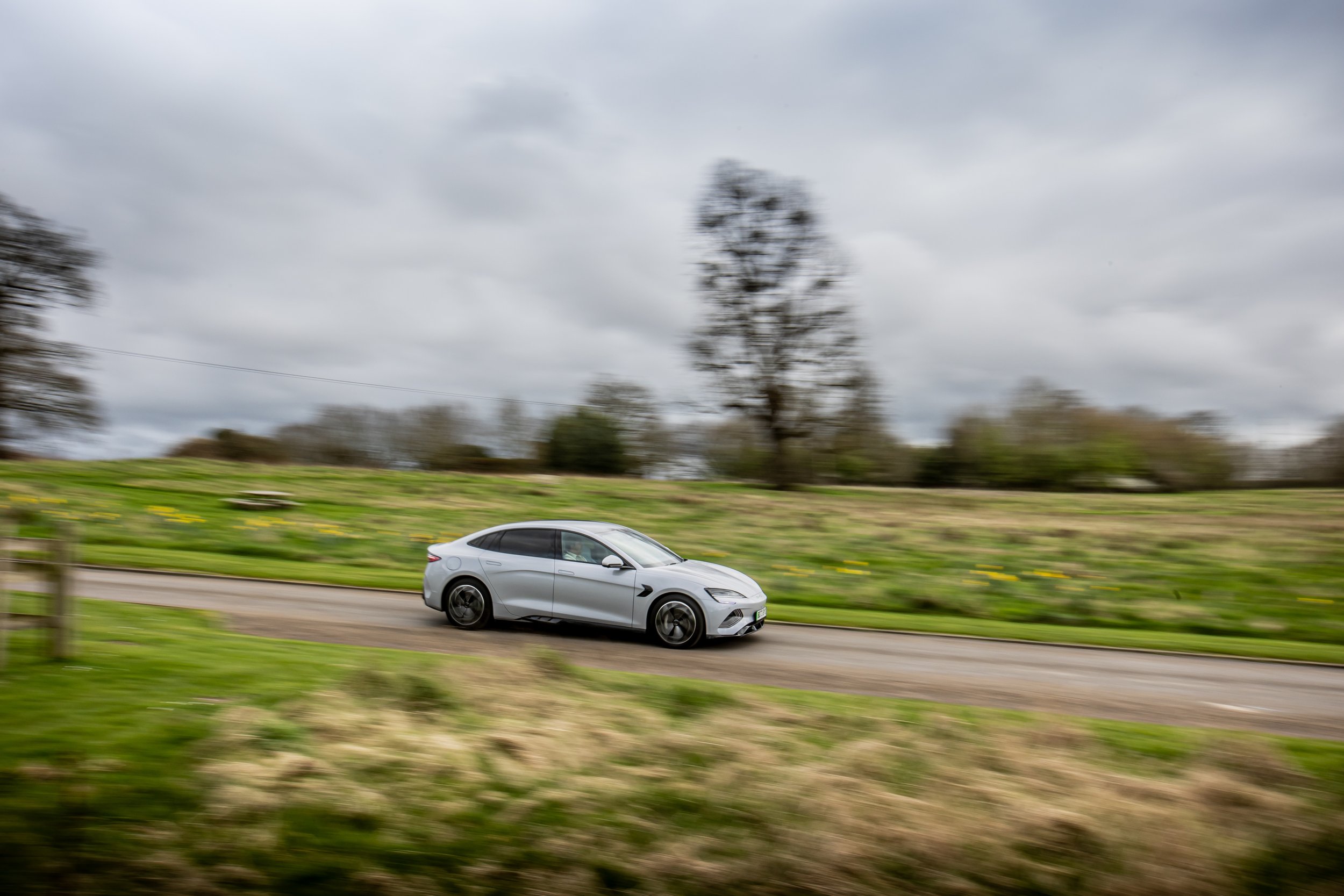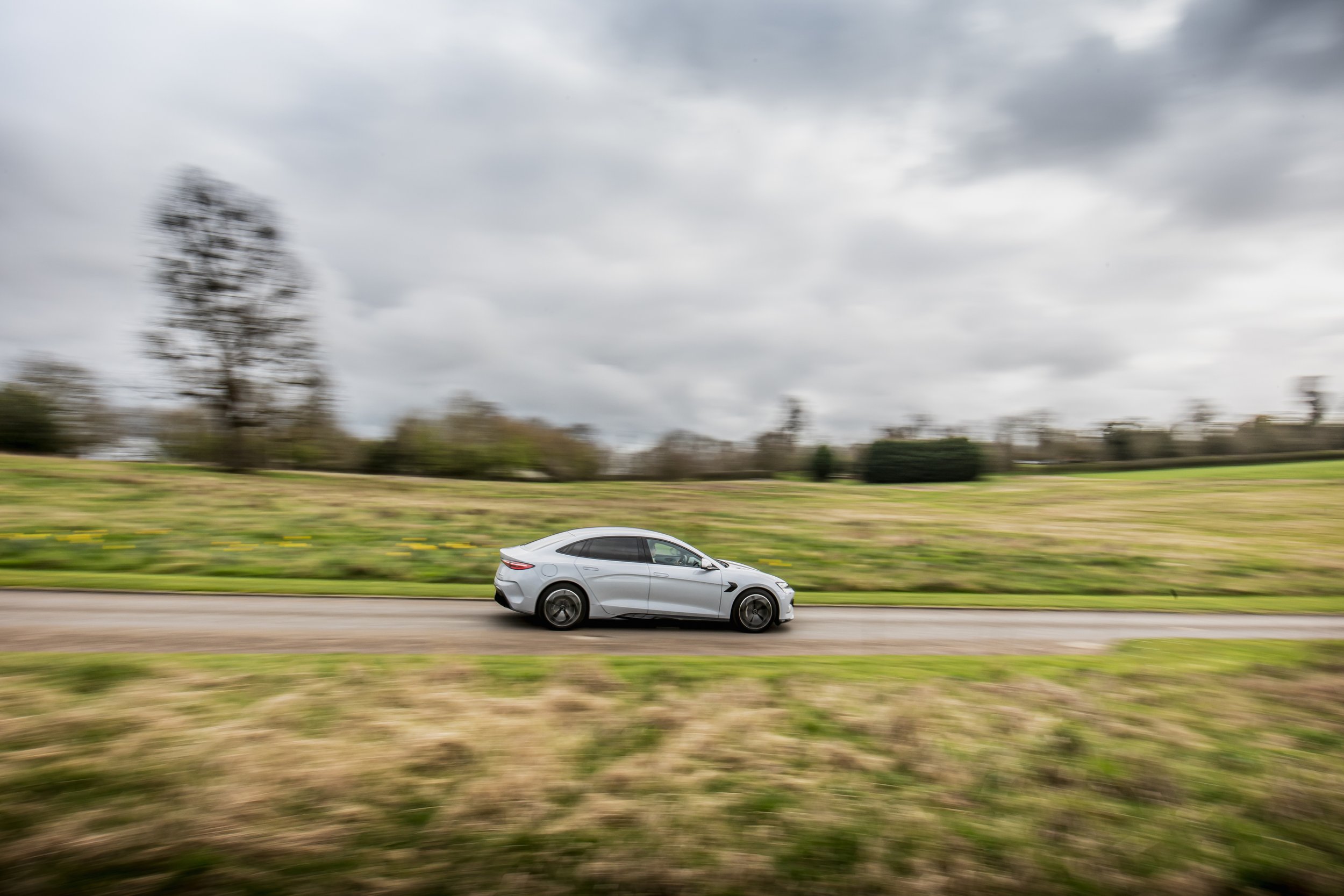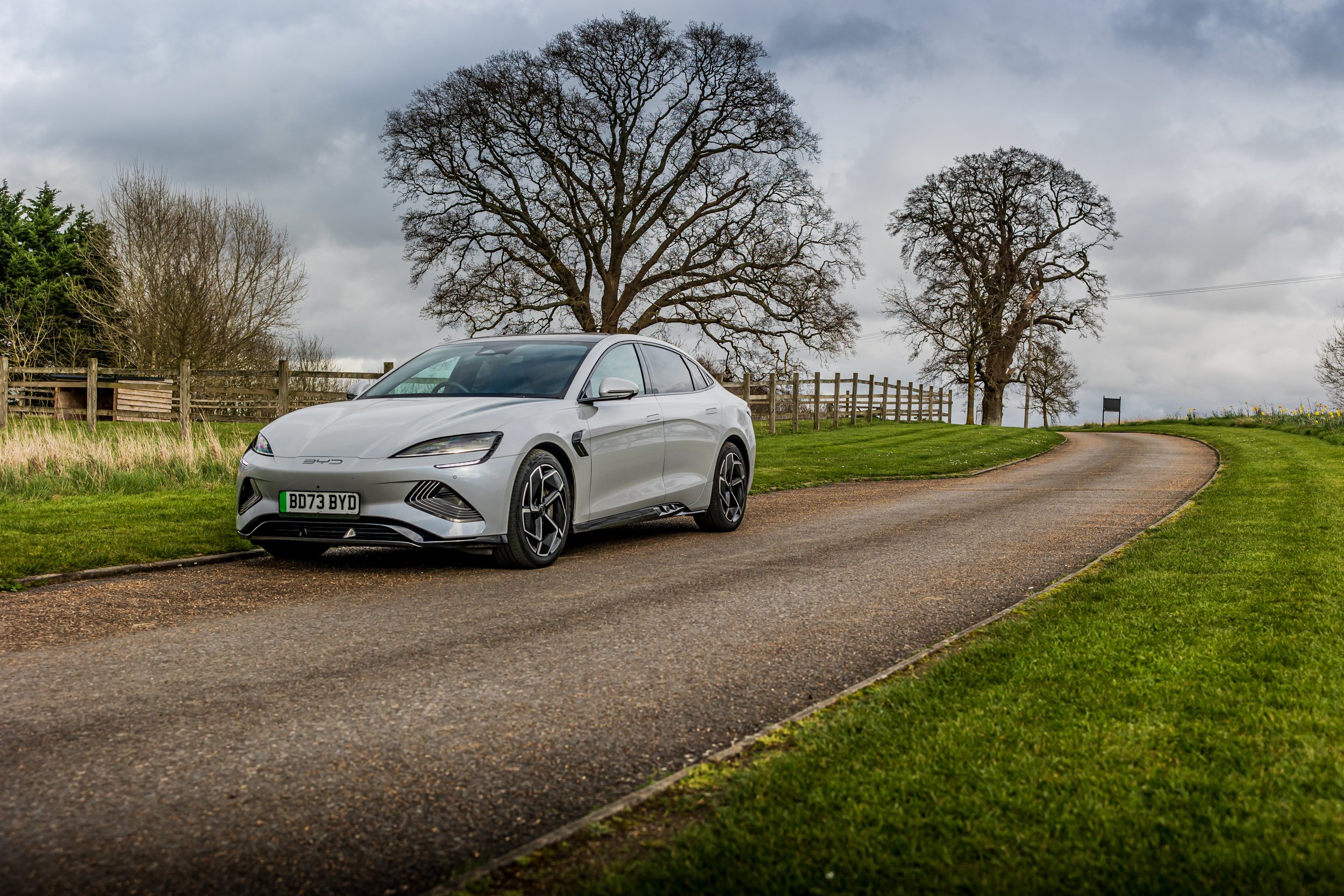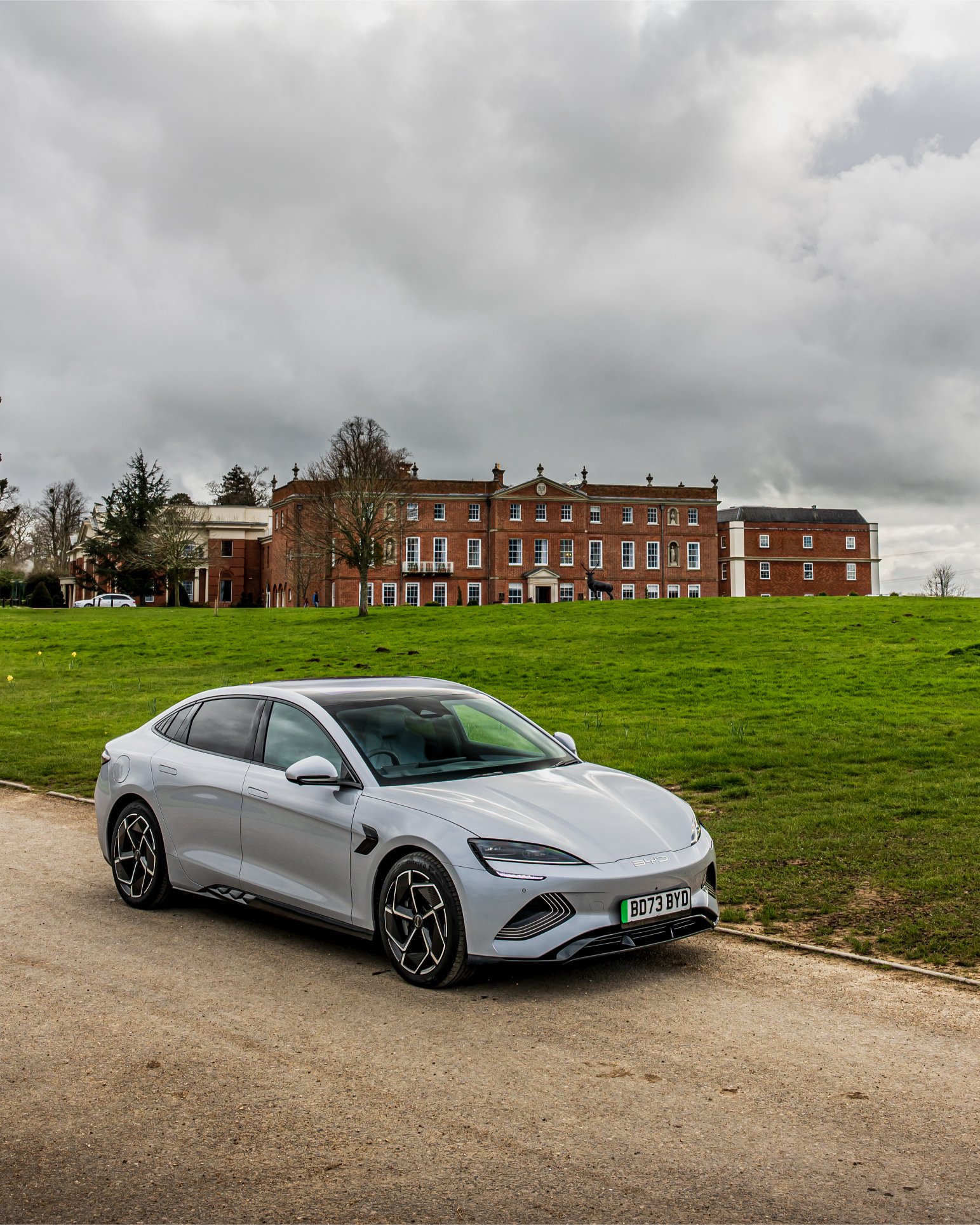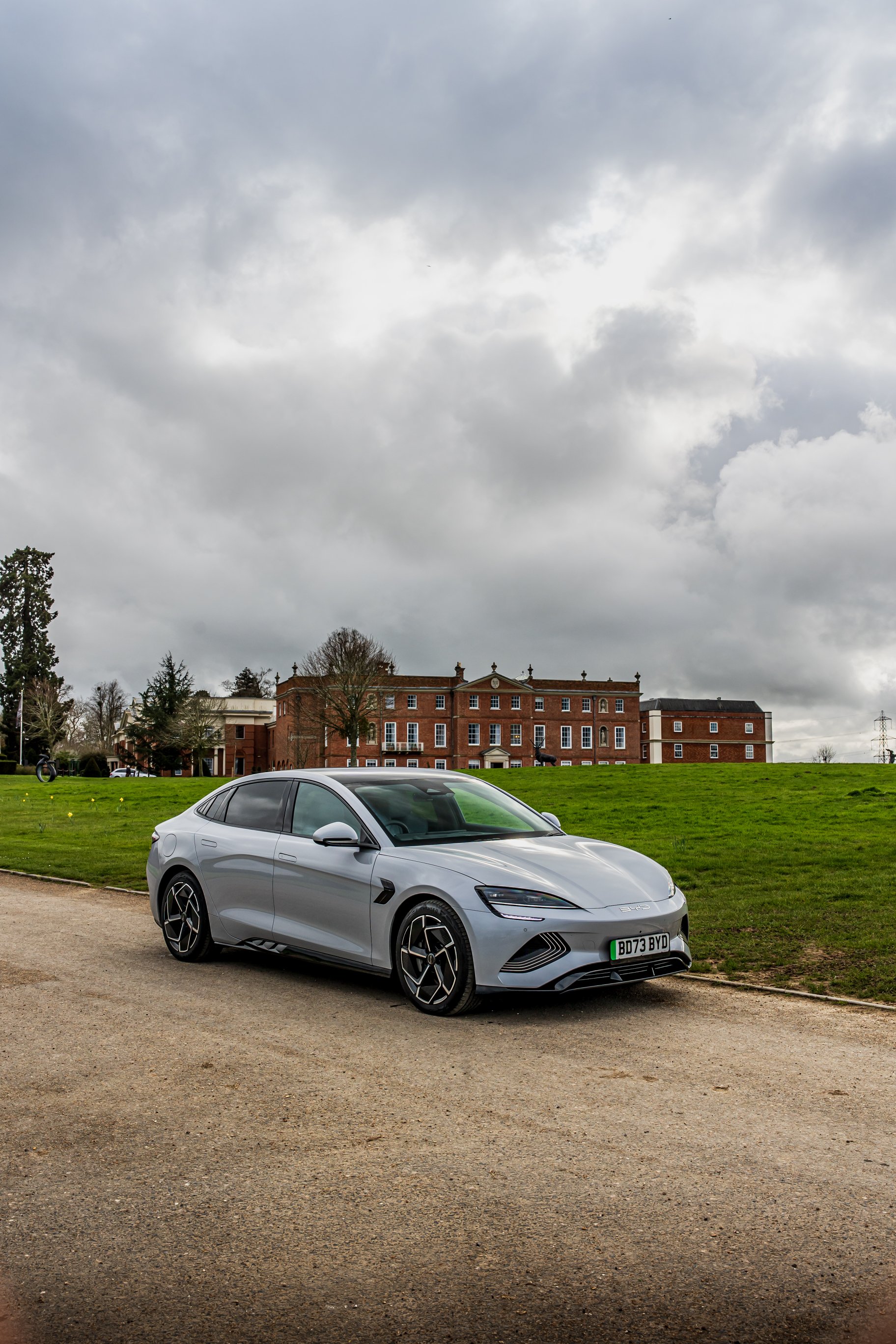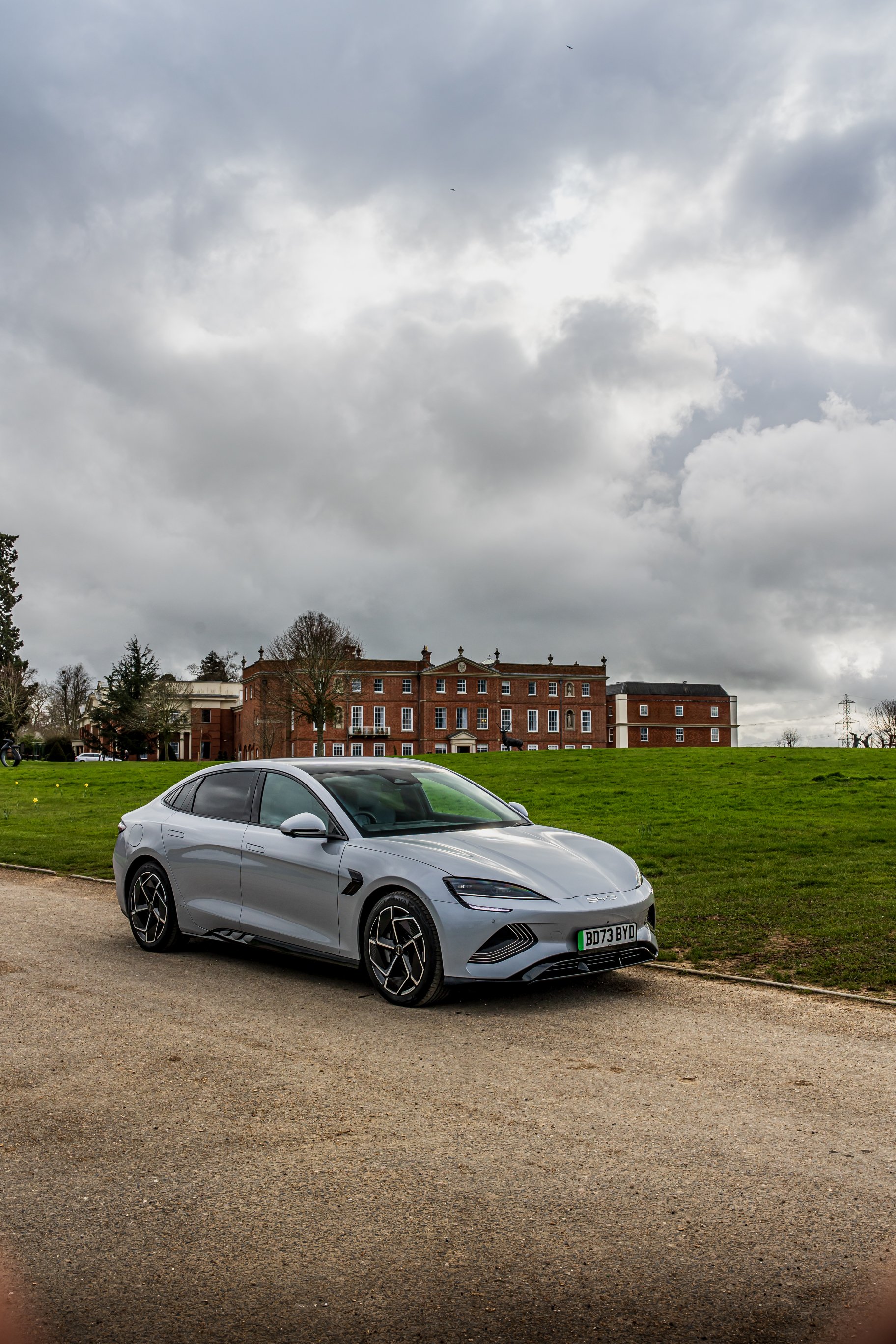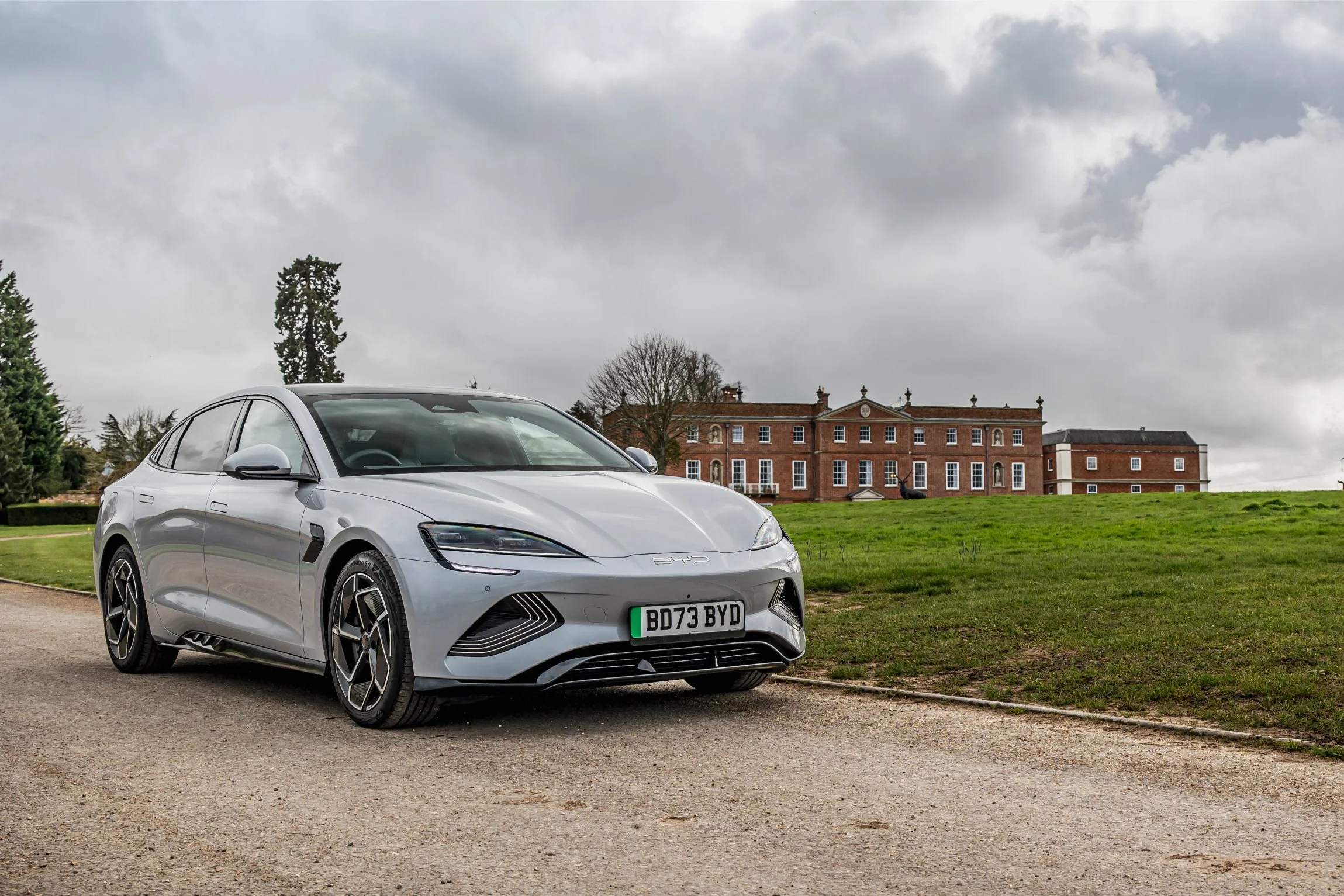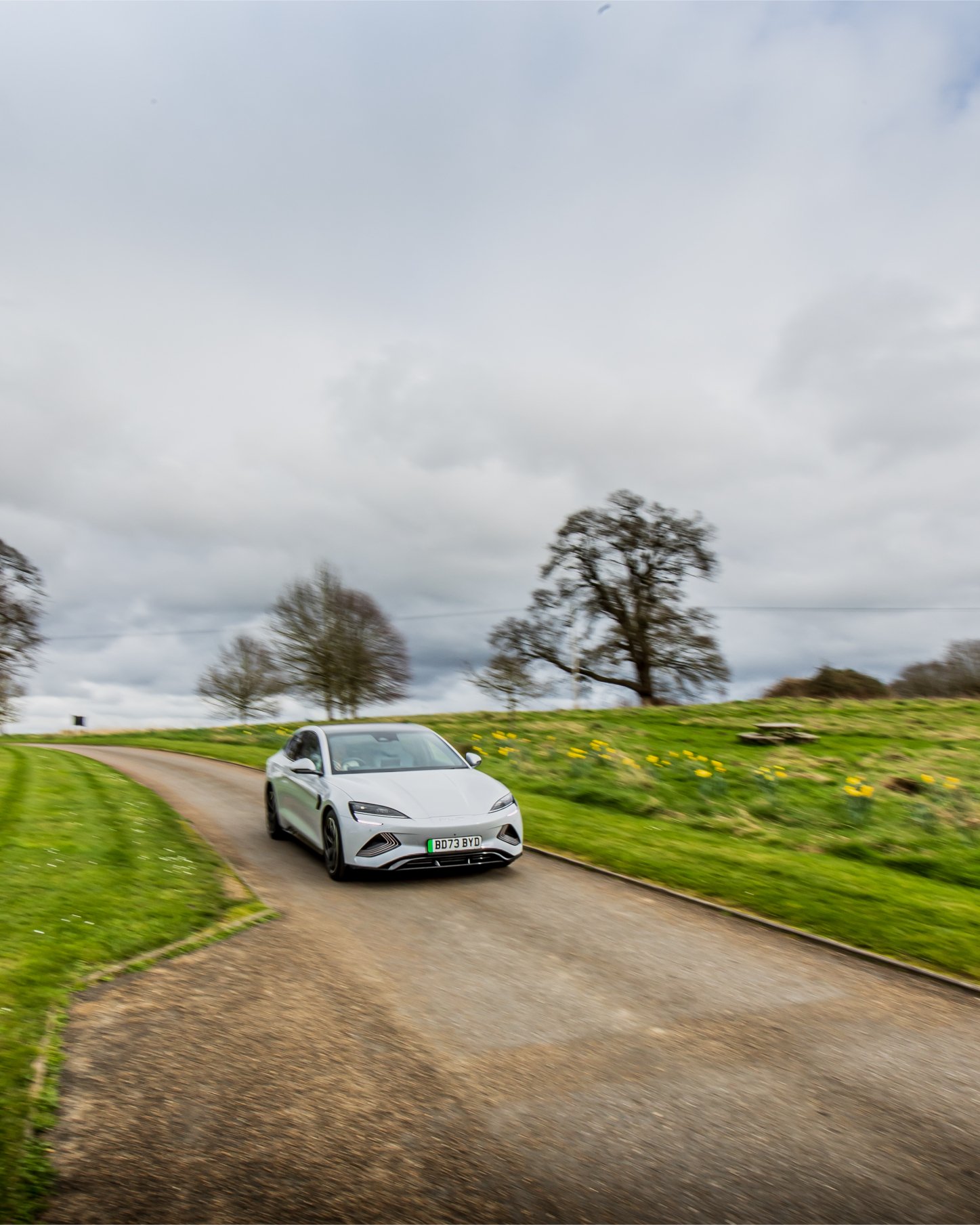Who is BYD? | Feature Review - BYD SEAL Excellence AWD
This week, I finally got my hands on a car I've been excited to drive since learning of its arrival in the UK. It's a fast, sleek, and new EV attempting to take on the likes of Tesla, Kia, and Hyundai in the EV market. The BYD SEAL is likely to be a car seen and remembered as a turning point for the BYD brand and for many more, perhaps even the first BYD model that people take note of.
Before diving into the car, it's probably beneficial to address the most commonly asked questions around this seemingly brand-new company: Who is BYD? What is a BYD? Is BYD a good car company? And, What does BYD standfor?
BYD seems to have emerged from nowhere very suddenly. Even as someone central to the automotive world and someone who crucially should be aware of the existing, new, and forthcoming car brands, I should probably hold my hands up and admit that when I first saw a BYD on UK roads around 10 years ago, I would have likely exclaimed something along the lines of "What on earth is that!?"
For today's non-obsessed motorists, similar questions are probably still being asked up and down the country while enduring traffic jams or walking through car parks. The interesting truth is that BYD isn't a new brand at all, and chances are you have probably been using BYD products for the past 25 years without even realising it.
The BYD company started in China as a manufacturer of batteries, specifically rechargeable nickel-cadmium batteries. It then progressed into nickel-metal hydride and lithium-ion battery tech, and suddenly, BYD batteries were the power source for mobile phones such as Nokia in the 1990s and later Apple devices globally. Today, BYD battery technology still powers 50% of Apple iPads and even provides batteries to other competitor EVs (more on that later!)
Considering the company's background in battery manufacturing, it's perhaps unsurprising that, eventually, it might want to capitalise on the new world of electric vehicles. Once again, you might be surprised to learn that BYD has been a car manufacturer in China since 2003, when the company founder Wang Chuanfu decided to purchase an already-established Chinese automaker, Qinchuan Auto. What makes the story even more interesting is that Wang's decision to purchase Qinchuan wasn't exactly celebrated by his fellow board members, with some throwing up opposition to the move into automotive production. Still, Wang had his target of being an automaker set, and before long, the BYD Auto Company was born and making new cars in an already bustling Chinese car market.
It wasn't until 2013 that BYD Auto started exporting cars to external markets such as the UK, at which point the company had 10 years of car-making under its own belt plus some inherited experience from Qinchuan. The first two models to enter the UK market were the ATTO, a small SUV with a quirky interior and the Dolphin, a small compact hatchback EV. The ATTO and the Dolphin seemed to arrive in the UK car market without fuss or fanfare. The latest model, however, has arrived with more of a PR entourage.
The BYD SEAL has been launched to be noticed, and thanks to its sporty and sleek design, high-quality interior fit and finish, and heaps of built-in technology, it's getting all the attention it deserves. Its performance is also worth mentioning, as it's proven to tick that box with a near-brutal 0-60 launch time of just 3.8 seconds on the duel motor SEAL Excellence AWD variant.
The exterior and interior design is on par with some of the most established car makers and, in some areas, exceeds many of them, too. Thanks to BYD's diverse manufacturing abilities, every component, except for the window glass and tyres, is made 'in-house.' That is far from standard practice for almost all other automakers. The platform BYD uses for the SEAL is labelled e-Platform 3.0 and utilises Cell-to-Body technology, meaning the batteries are effectively built into the car's body. This method rewards a stiff chassis, which not only aids driving dynamics but increases safety, too.
Safety is something BYD are very keen to shout about, and rightfully so. Thanks to its in-house battery manufacturing, the company has produced something called blade battery technology, which is entirely free of cobalt. This results in a far more stable battery that is likely to withstand a fire risk in the event of a crash. BYD's blade battery has passed the most brutal EV safety test known as the 'Nail Test'. As the name suggests, the test involves a spike being forced through the batteries in a controlled test environment. A typical NCM (nickel-cobalt-manganese) lithium-ion cell immediately combusts when pierced, whereas the cobalt-free blade battery built by BYD doesn't react nor combust. As a result, the SEAL has been awarded a Euro NCAP 5-star safety rating in crash testing.
So, the SEAL looks good and is safe, but is that enough to draw in buyers considering rival models such as the Tesla Model 3? Assuming anyone considering purchasing will want to experience a test drive, the look and feel of the interior might be enough to close the deal before even leaving a forecourt. The interior finish is superb, and thanks to the use of high-quality materials, exceptionally comfortable seats and some industry-leading technology, it's tricky to find much to moan about. There are two wireless phone charging pads within reach on the centre console, and the car's features and accessories are all managed through a large 10.25" centre screen, which can be rotated with the press of a button from portrait to landscape display, depending on individual preferences. The seats are heated and cooled as standard, and the built-in infotainment system provides good-quality sound. Practicality is decent, too, with ample storage. The boot space offers 402 litres with an additional 53 litres of storage under the bonnet.
In terms of the drive, the SEAL is surprisingly dynamic. The SEAL boasts a 50:50 axle-to-weight ratio and a low centre of gravity, which rewards a very engaging drive. Whilst it's certainly not lightweight, at 2.2 tonnes, the SEAL feels like it's been set up with driver engagement in mind.
For driver convenience, the SEAL also offers collision warning technology, automatic emergency braking, lane keep assist, lane change assist, 360-degree camera technology, front and rear parking sensors, blind spot detection, ESP and traction control, hill descent control and intelligent speed limit information and control.
The only feature I could find a minor fault with on my test was the ICC (Intelligent Cruise Control), which maintains lane discipline and distance from leading cars without the requirement to accelerate, brake, or provide steering input - similar systems can be found in Tesla and BMW cars. At this moment in time, BYDs ICC could do with a touch more intelligence as there were a couple of scenarios, such as passing a cyclist on a single carriageway and a very optimistic corner entry speed on a national speed limit road, which caused me to opt out of the AI cruise control and instead go for good old fashioned manual control. While this is a negative, the system (and intelligence) will undoubtedly improve with time, usage and cloud software updates.
One factor that has surprised me with the BYD SEAL is the charging time. I would have assumed that an EV maker that started out making batteries might have an industry-leading charge capability. However, it does not. The maximum charge rate for the SEAL is 150kW, which will reward 10-80% in 26 minutes if used at this voltage. While this time is certainly not to be sniffed at, brands such as Hyundai and Kia offer their EVs with charge capabilities of up to 350kW, which can reward a 10-80% charge 10 mins faster than the SEAL. With a full charge, the SEAL will reward a maximum range of 354 miles on the RWD model and 323 miles on the AWD (as tested).
The SEAL is priced from £46,695, and the Excellence AWD model I tested was priced at £48,695, placing it just above the model's rival, the Tesla Model 3. BYD knows that the SEAL is not the cheapest EV in the segment, and they don't want to be either. The SEAL has been priced accordingly to reflect a higher quality finish and a better driving experience for the buyer.
The SEAL is an EV that many will remember as the beginning of brand familiarity. In the last quarter of 2023, BYD sold more EVs than any other OEM, including Tesla, and the sales figures remain very impressive. BYD plans to launch multiple additional cars into the UK market in 2024, meaning that a year from now, in early 2025, the BYD brand is likely to be as familiar to most as Tesla, a brand I feel I should add that uses batteries built by - yep, you guessed it - BYD Auto.
Oh, and one last fun fact - What does BYD stand for? 'Build Your Dreams'? Well, no, actually - at least, not initially. It's a shortened acronym for the company's name as pronounced in China '比亚迪' (pronounced: Biyadi), and the 'Build Your Dreams' brand name came later as a form of back-formed slogan. The Build Your Dreams slogan has since been phased out of the UK market, with the company focussing on keeping it simple as just BYD.
The SEAL is a worthy rival to Tesla and arguably a better driver's car, with a better fit and finish. Still, only time will tell whether the Chinese brand will continue to outsell the American EV in Europe - I suspect they might.
words: John Marcar
pictures: Henry Faulkner-Smith
